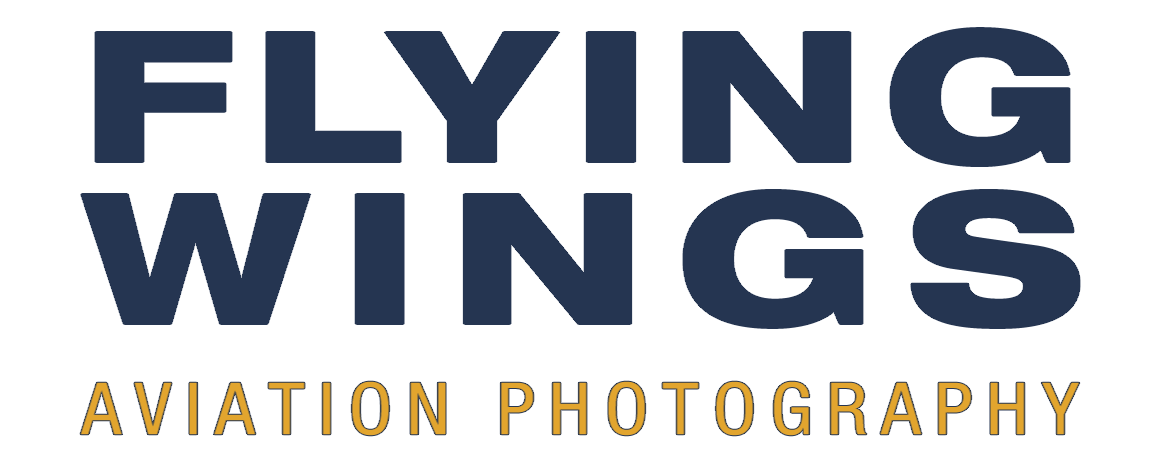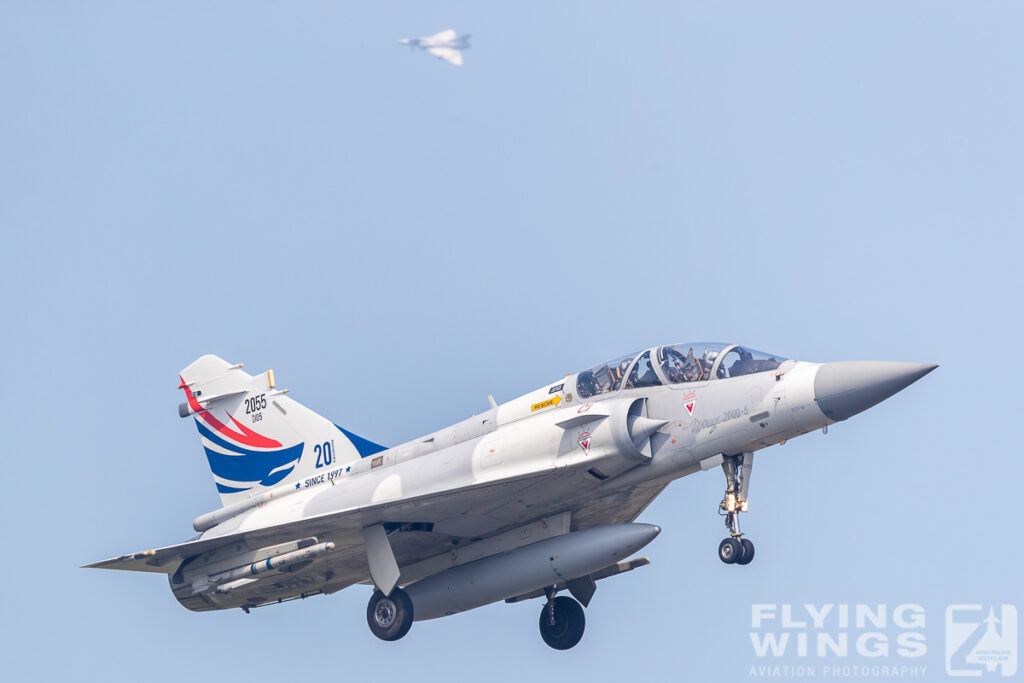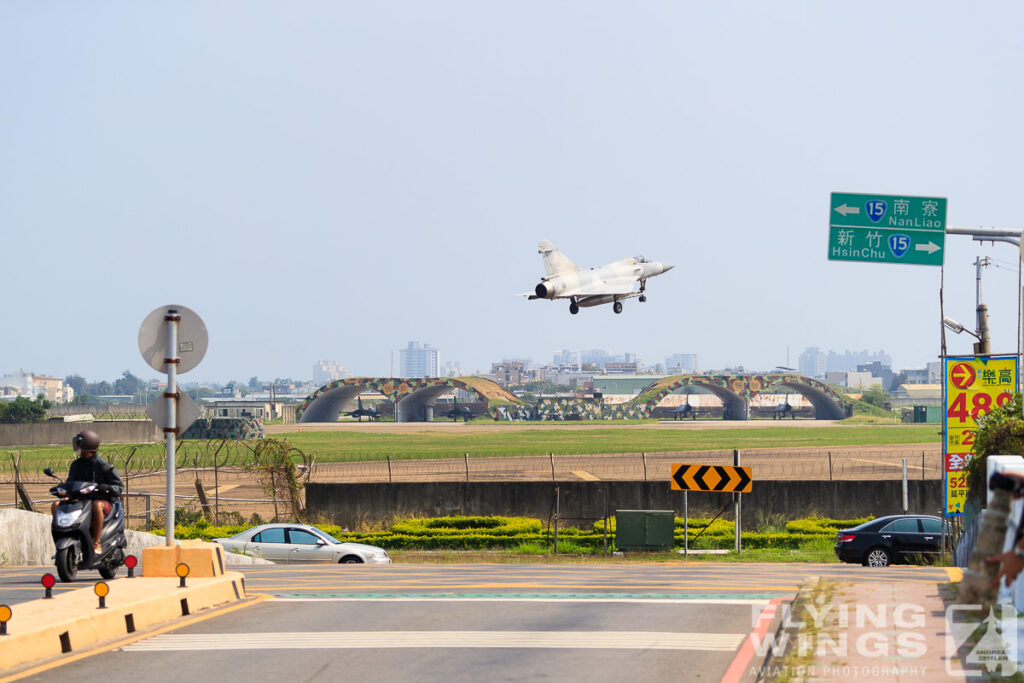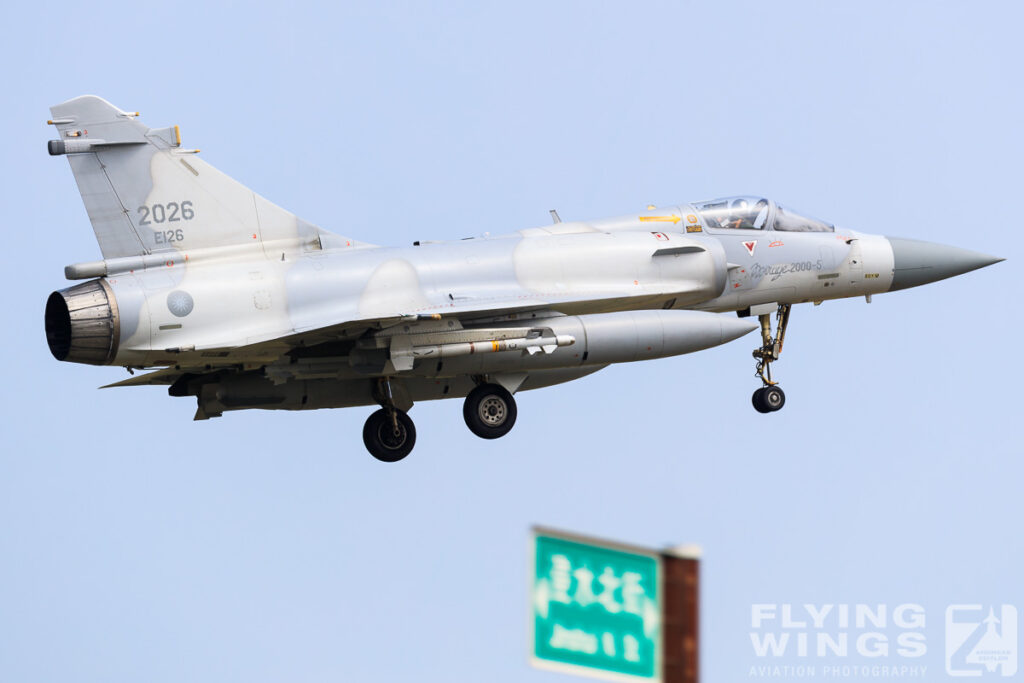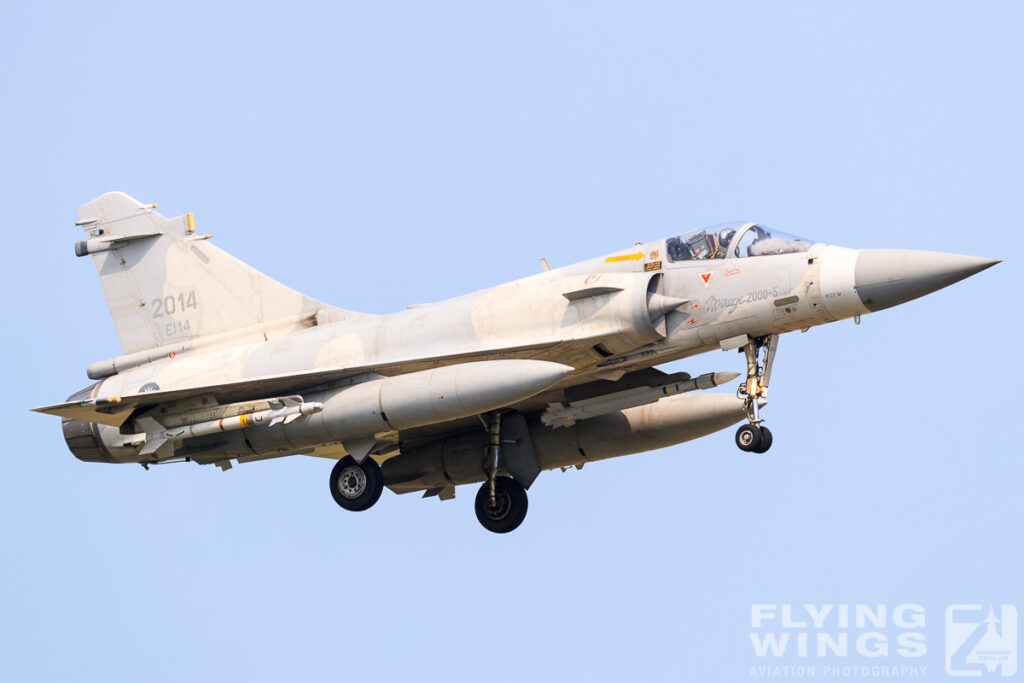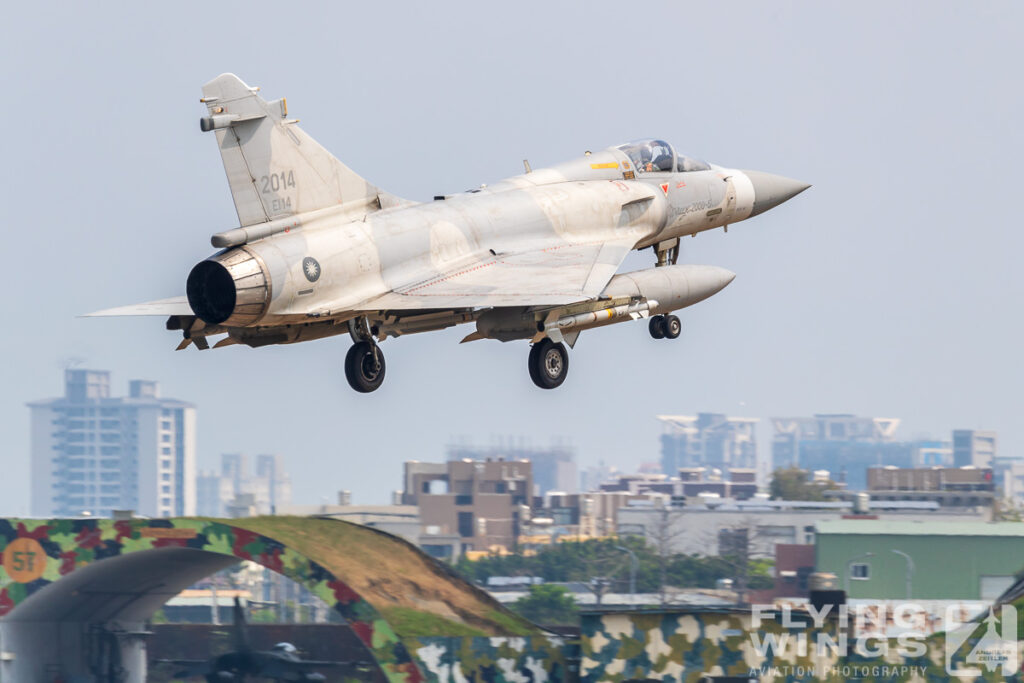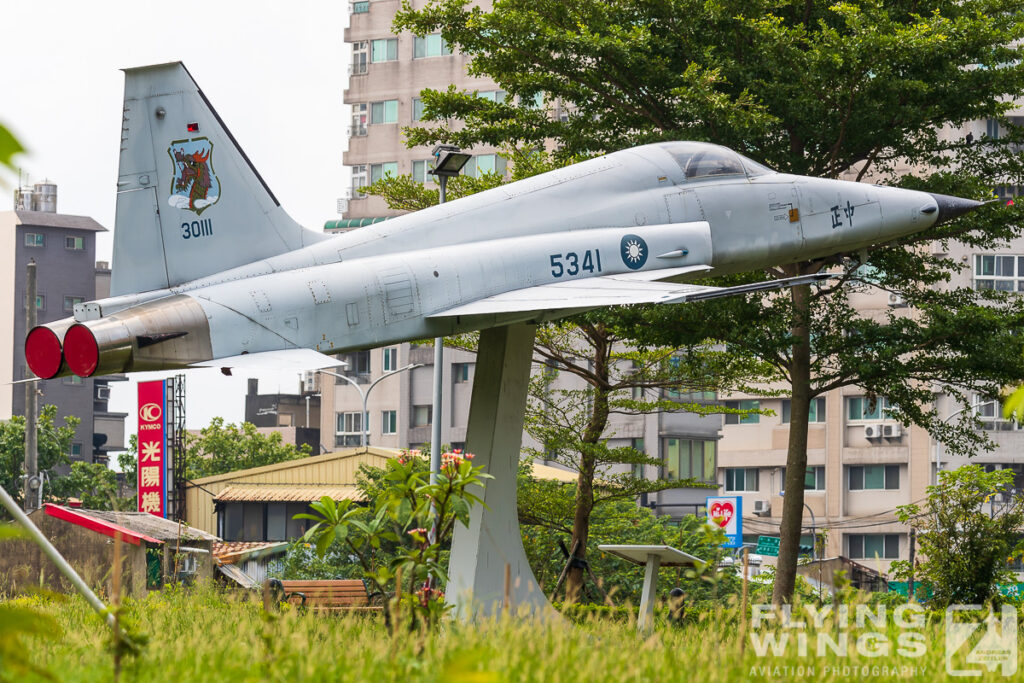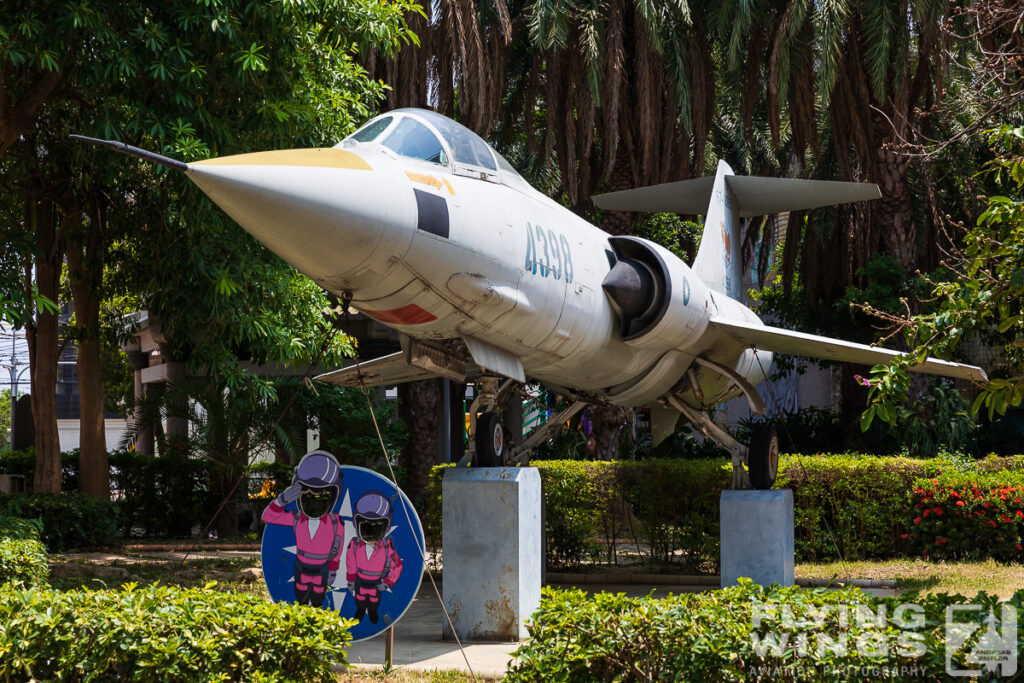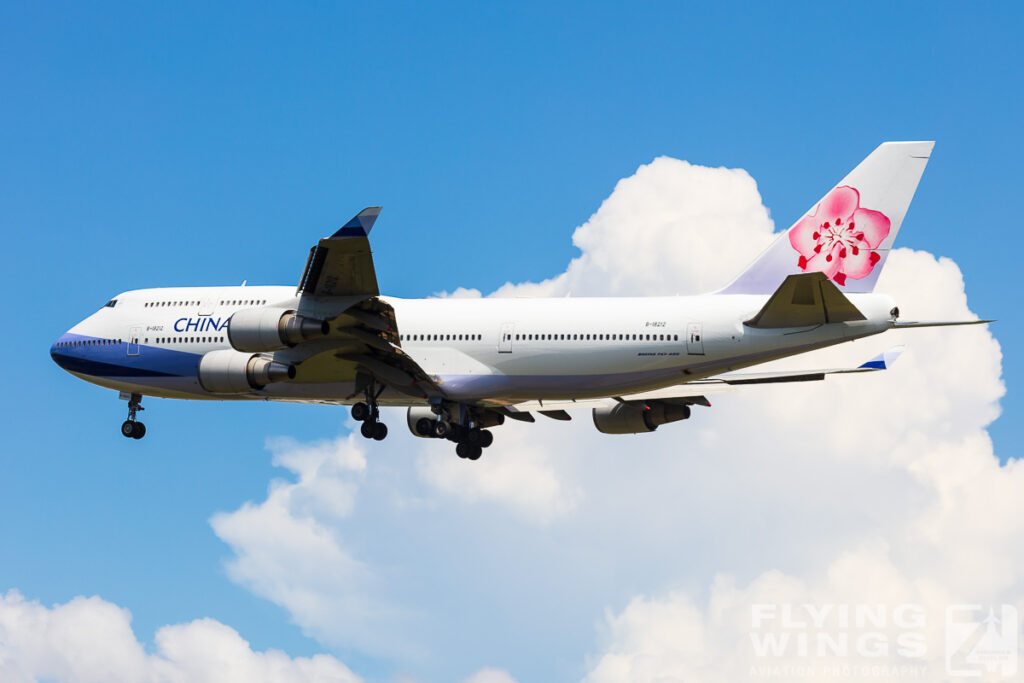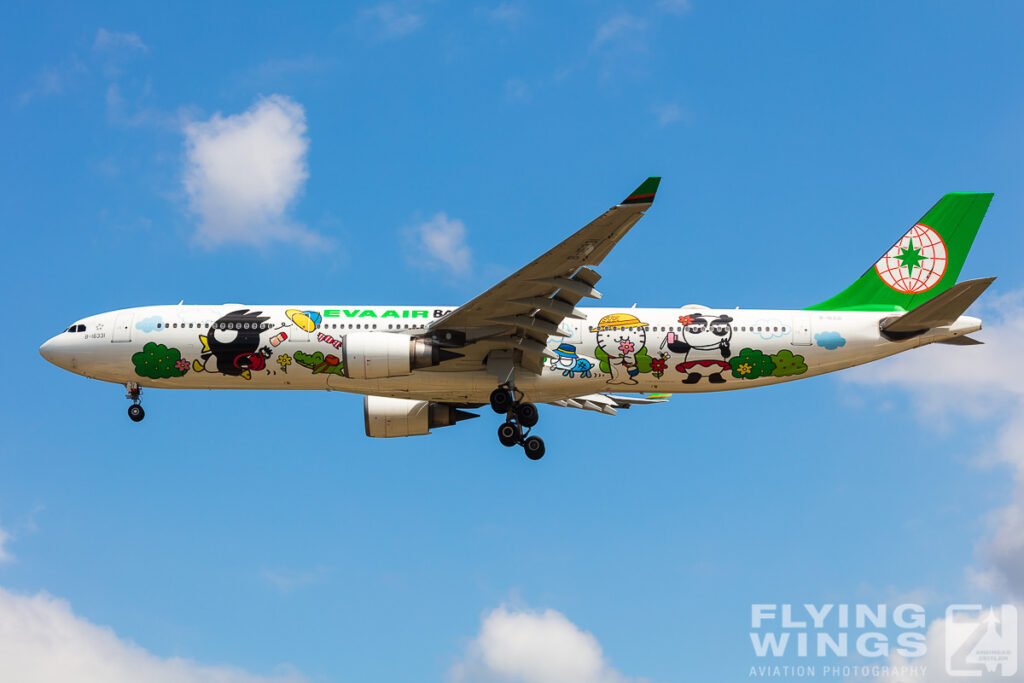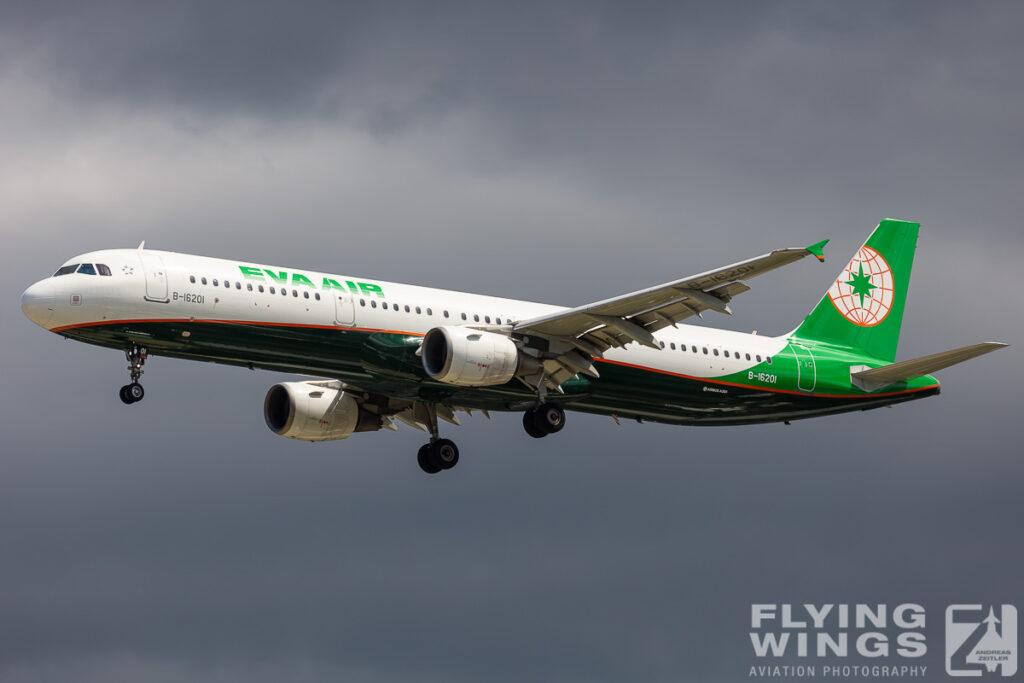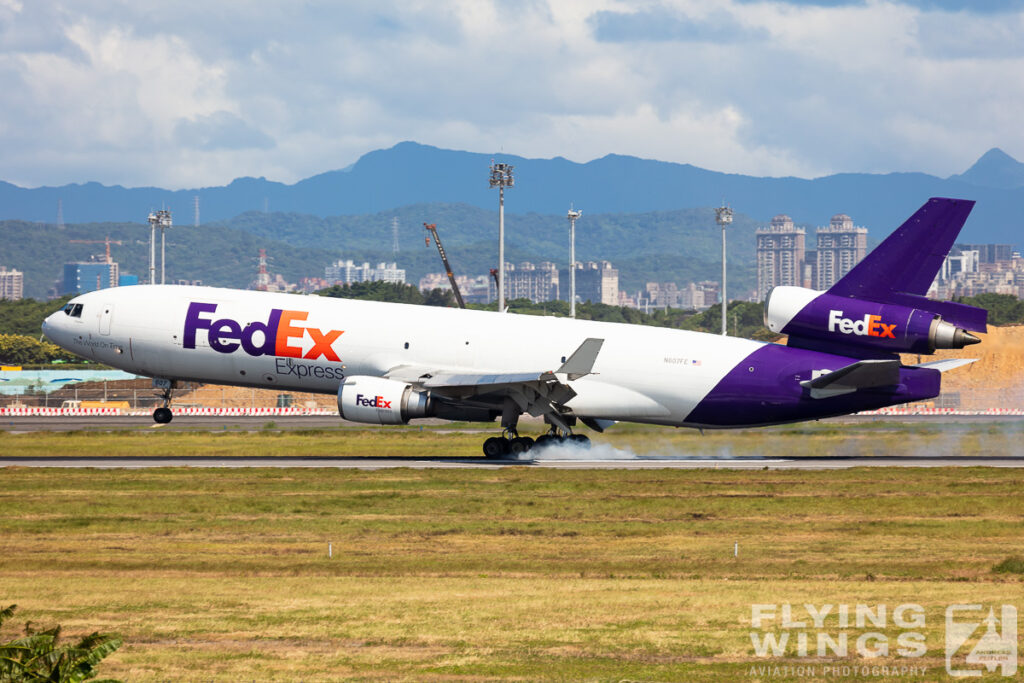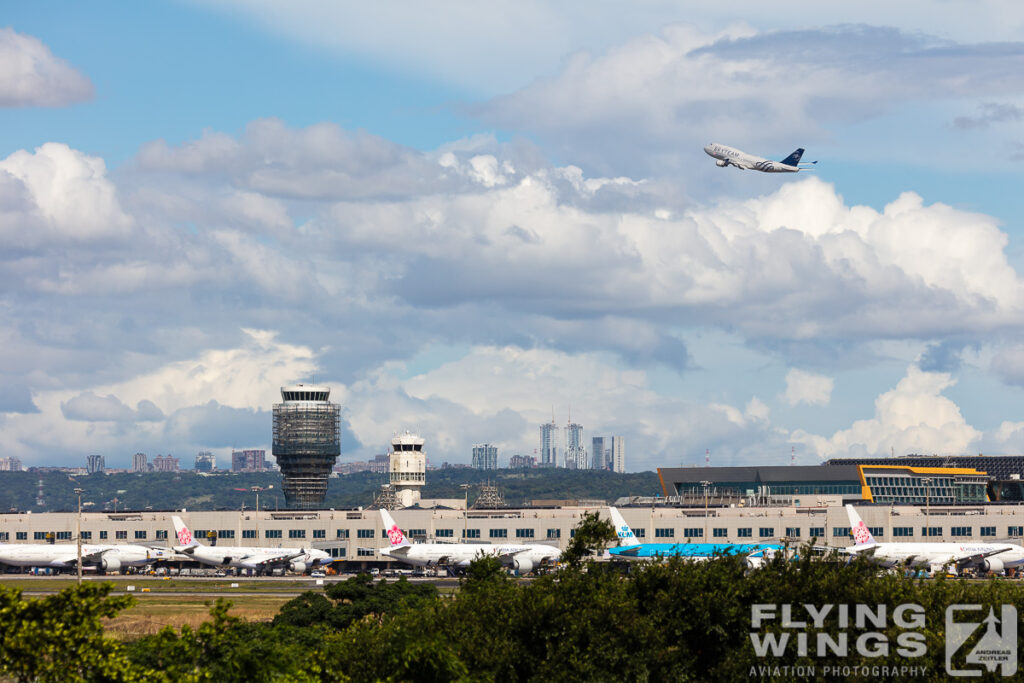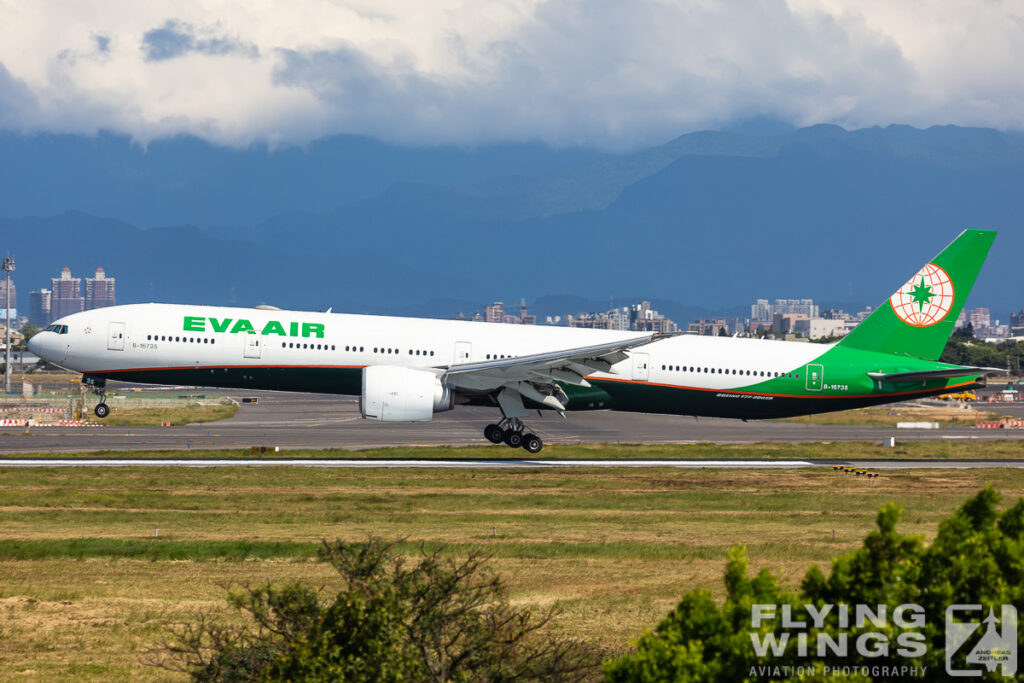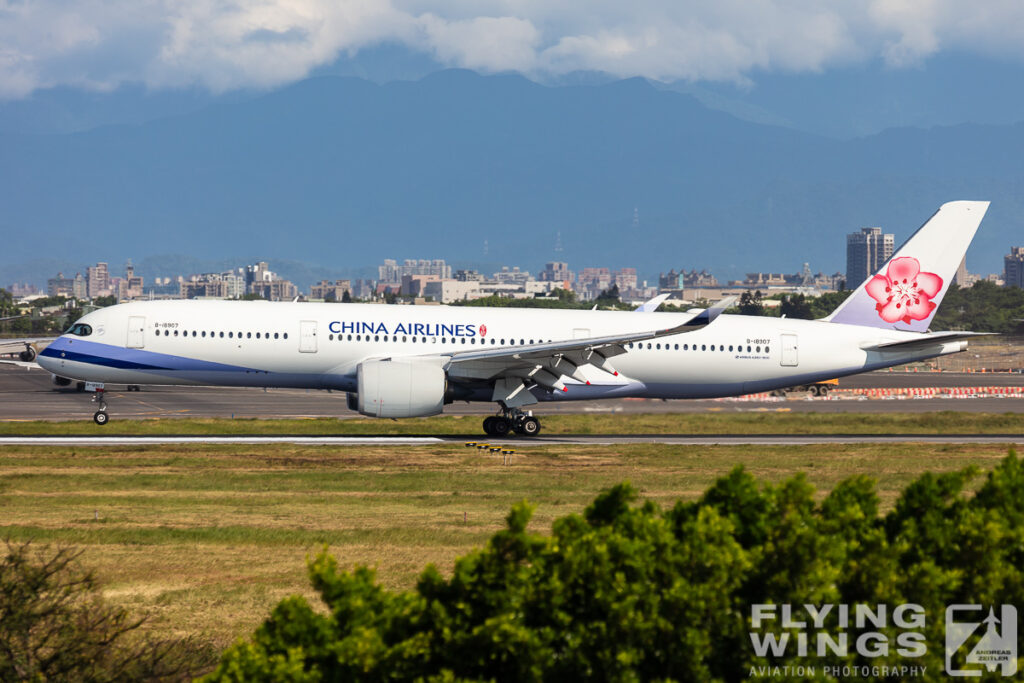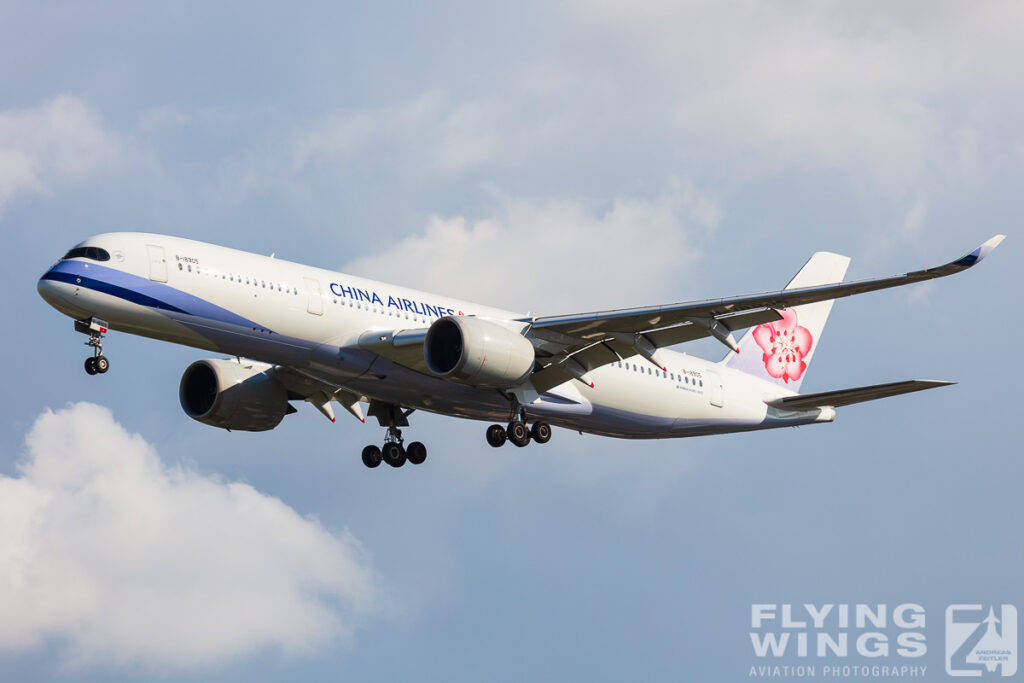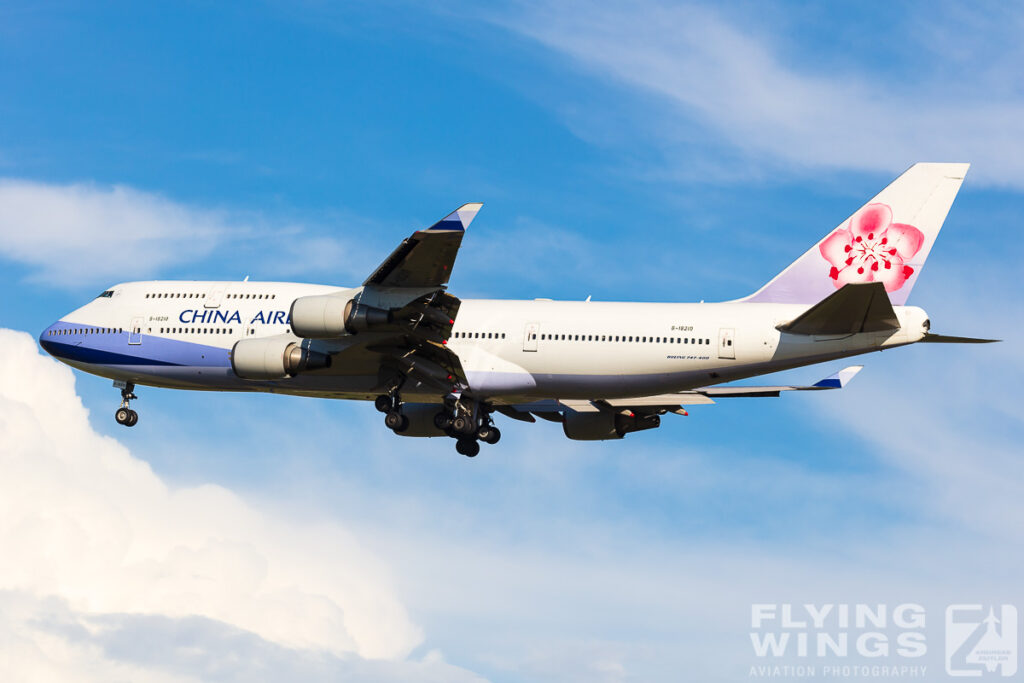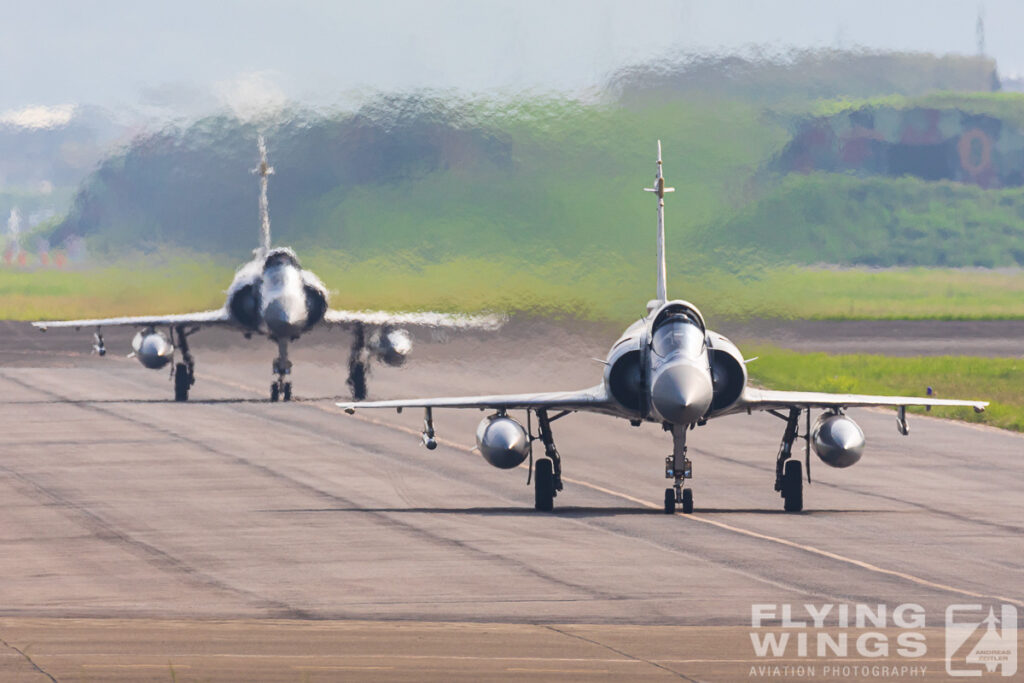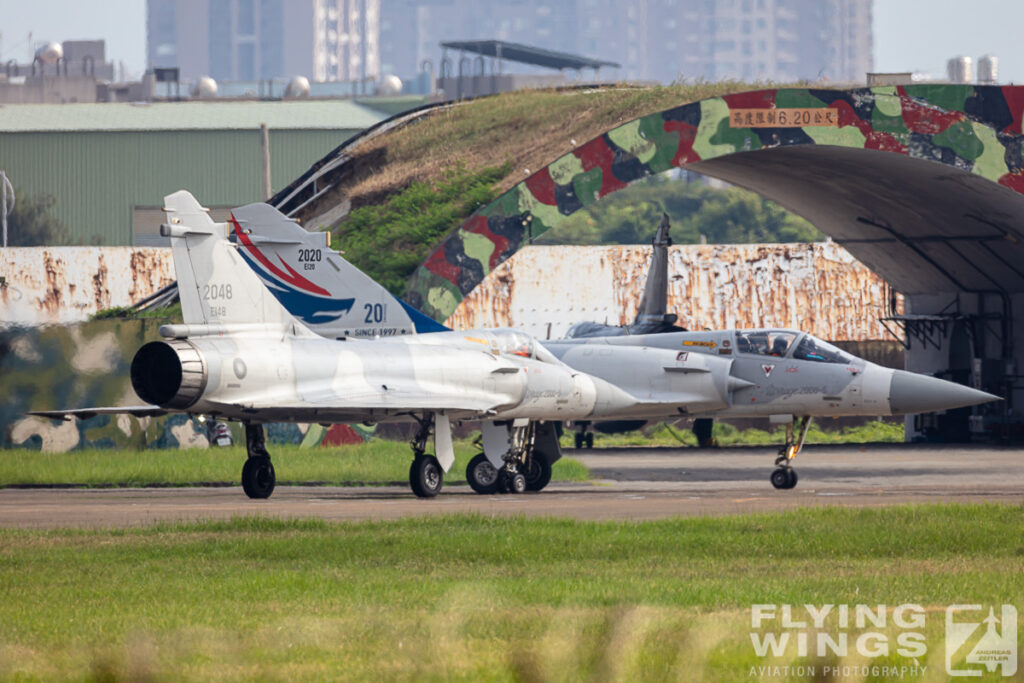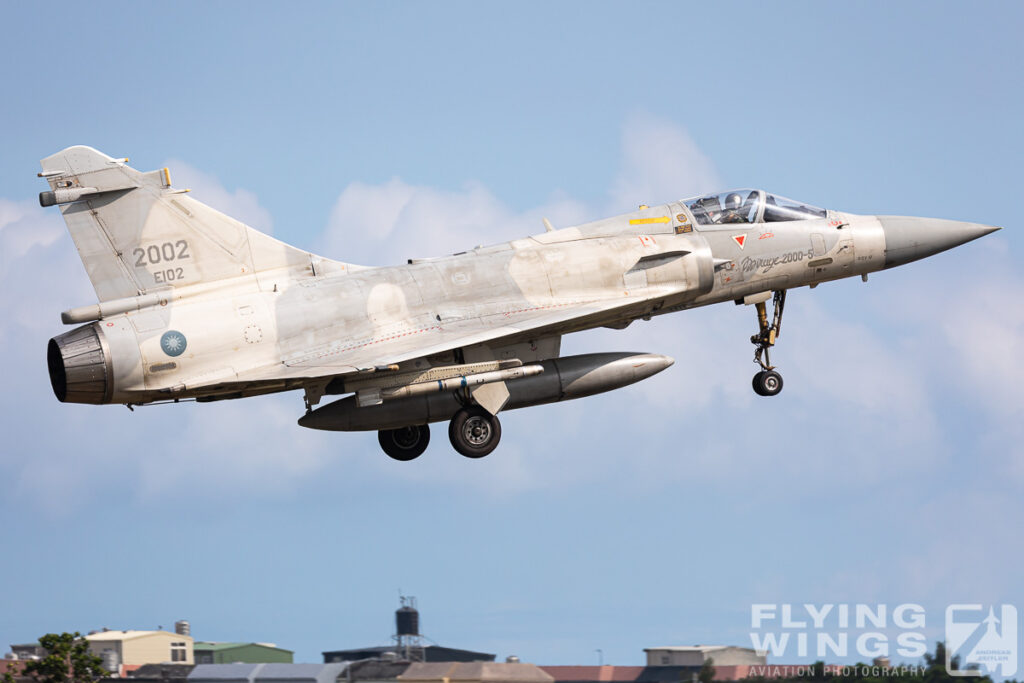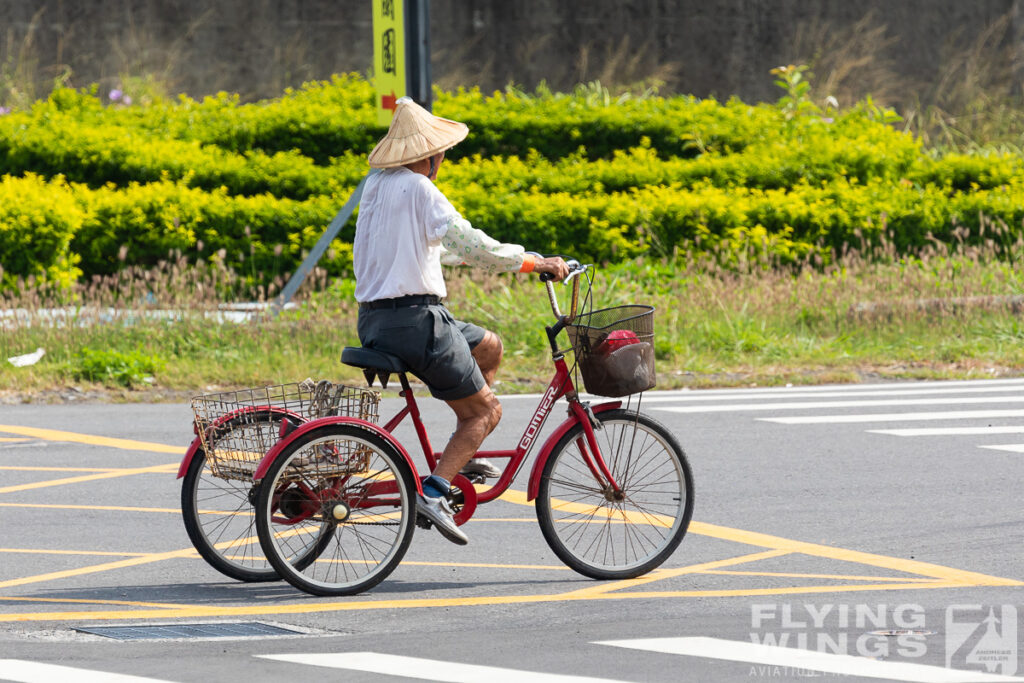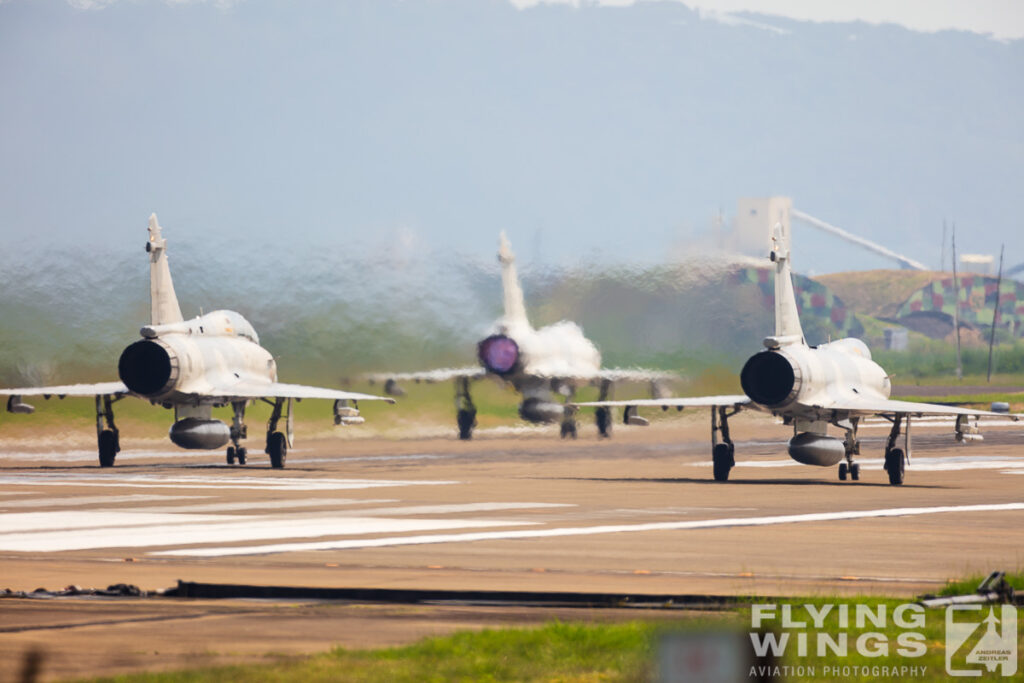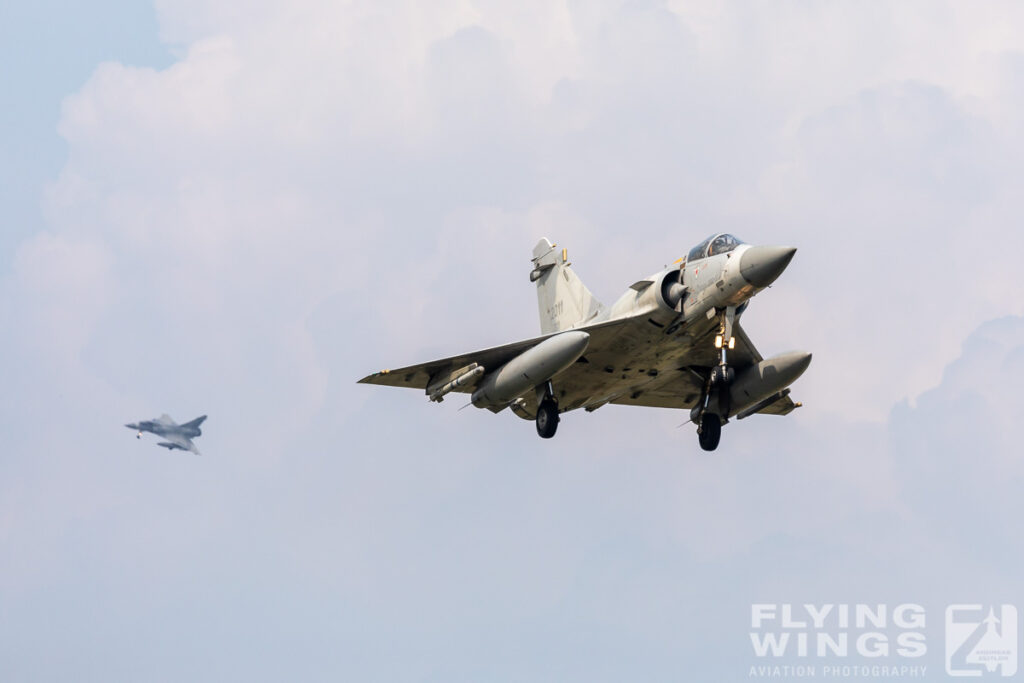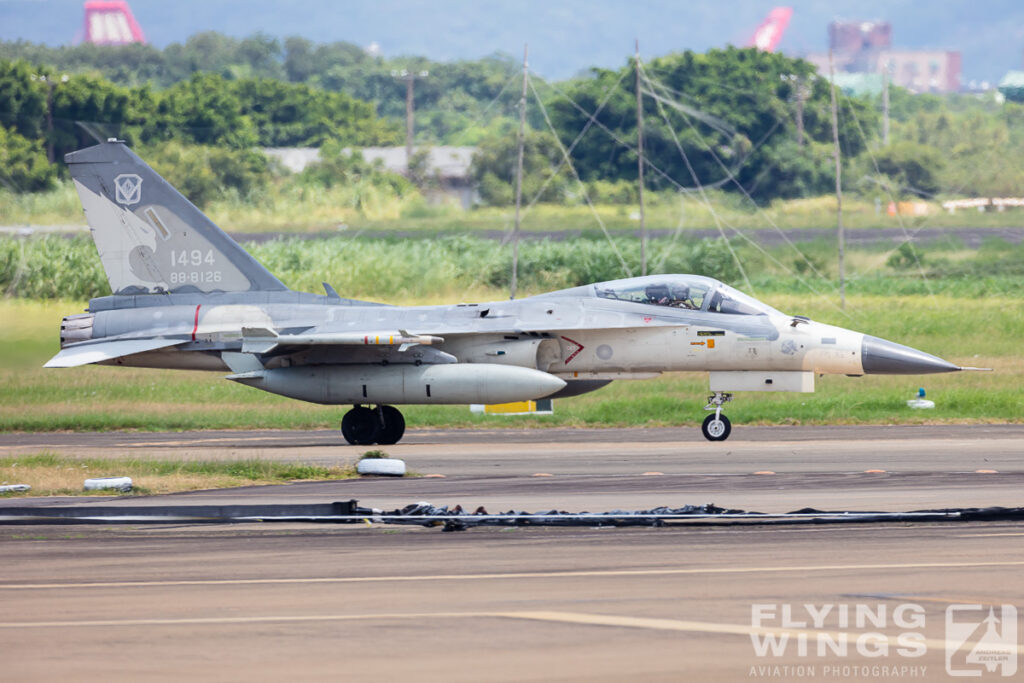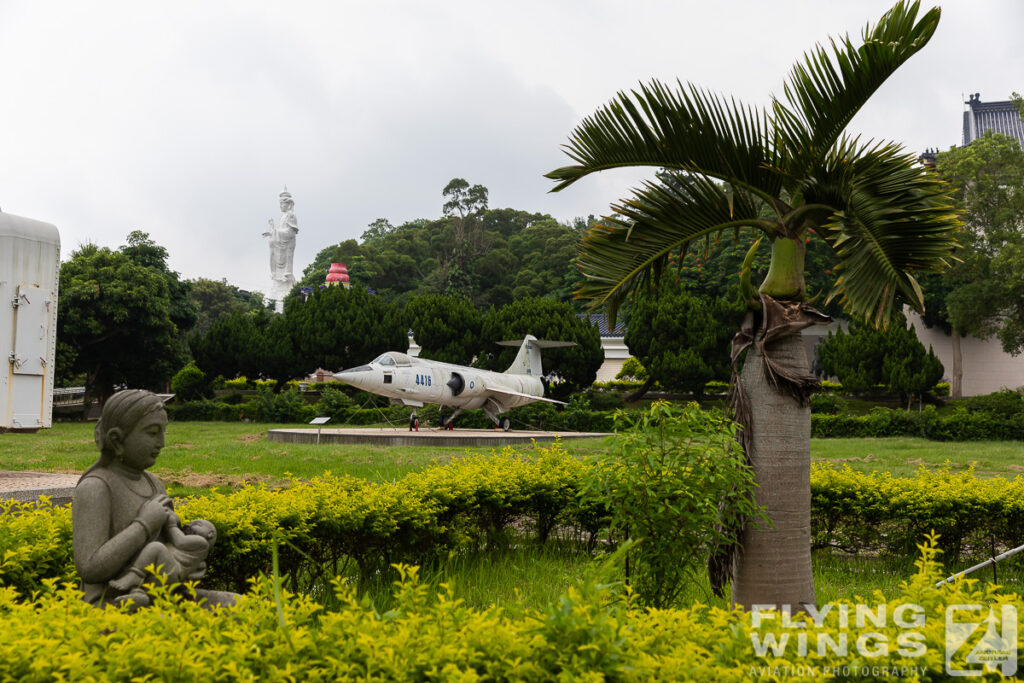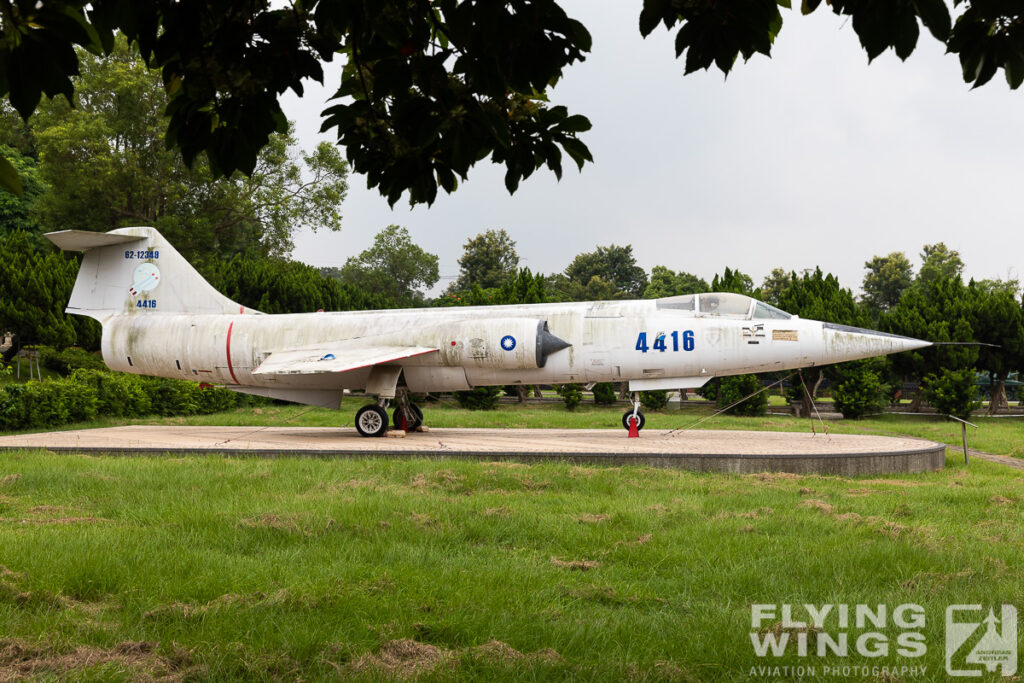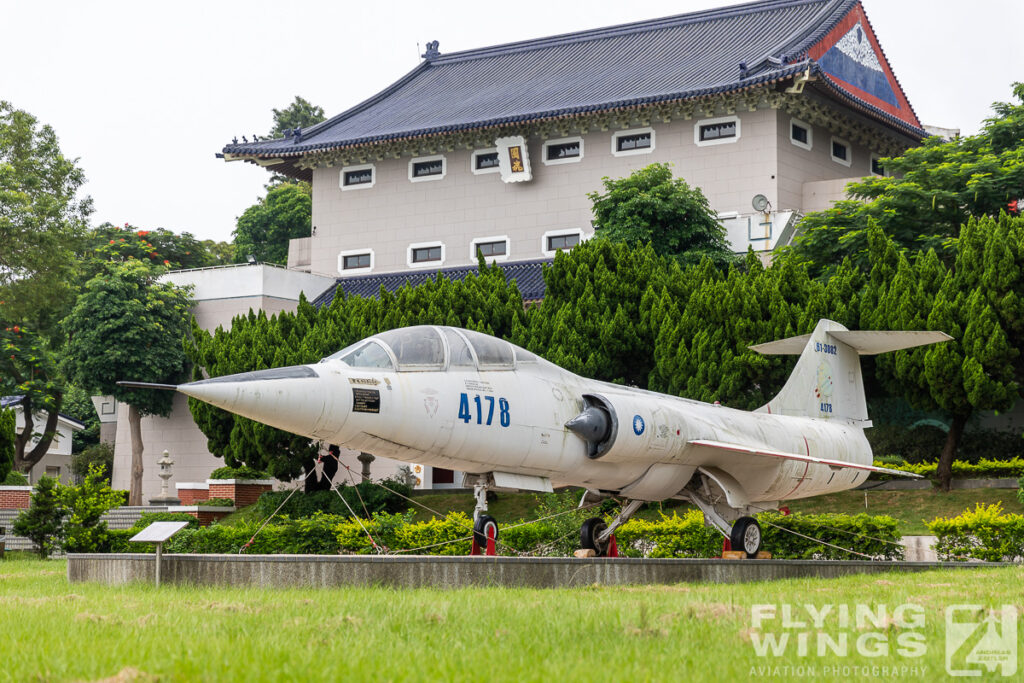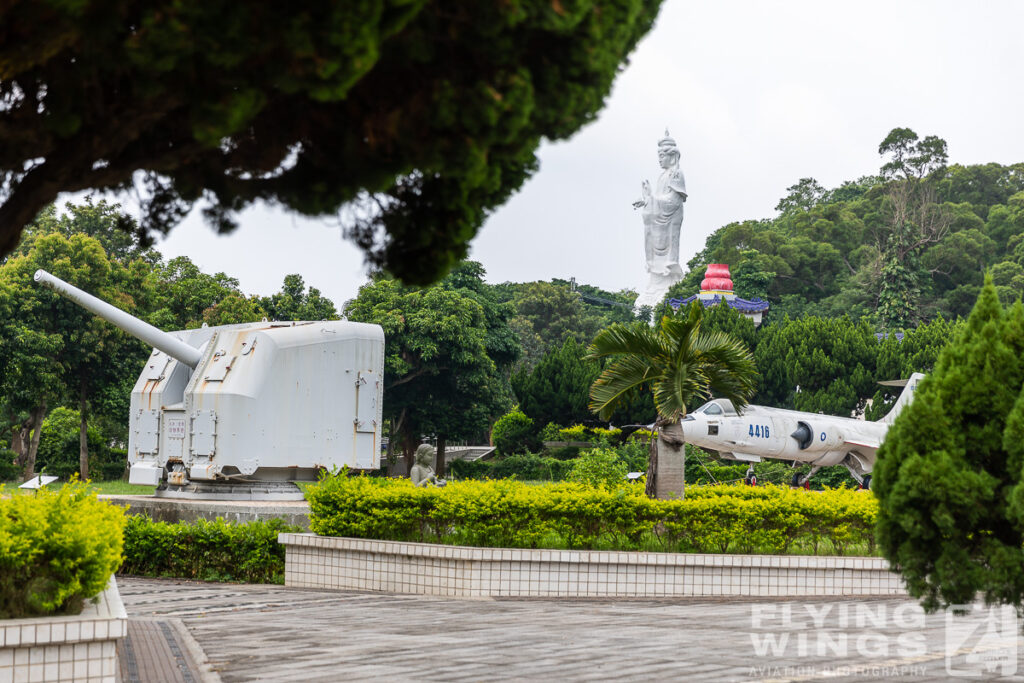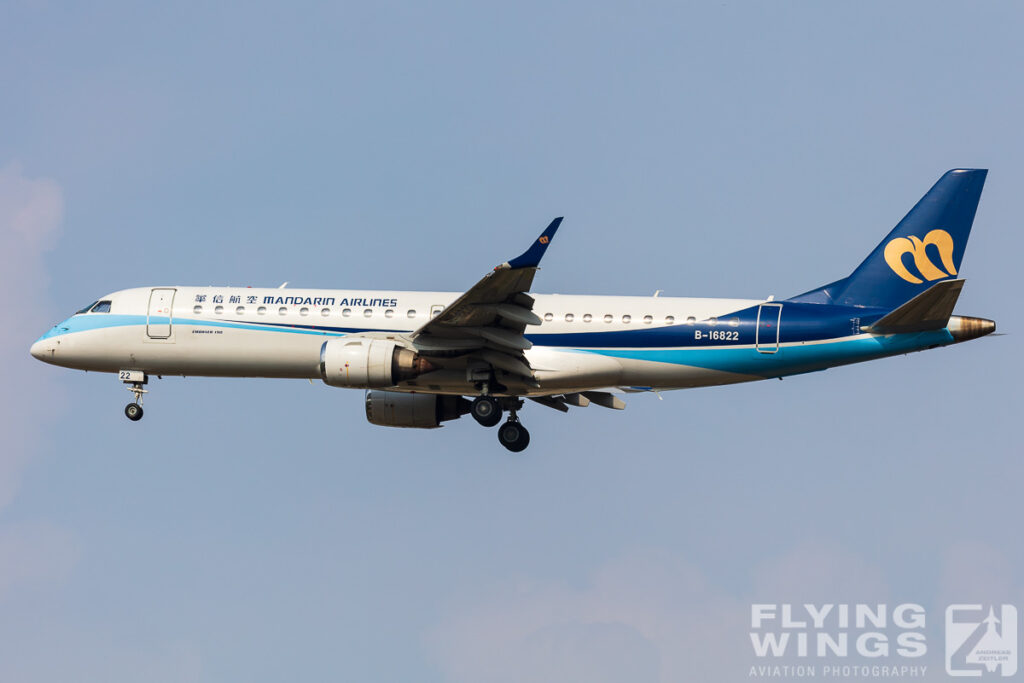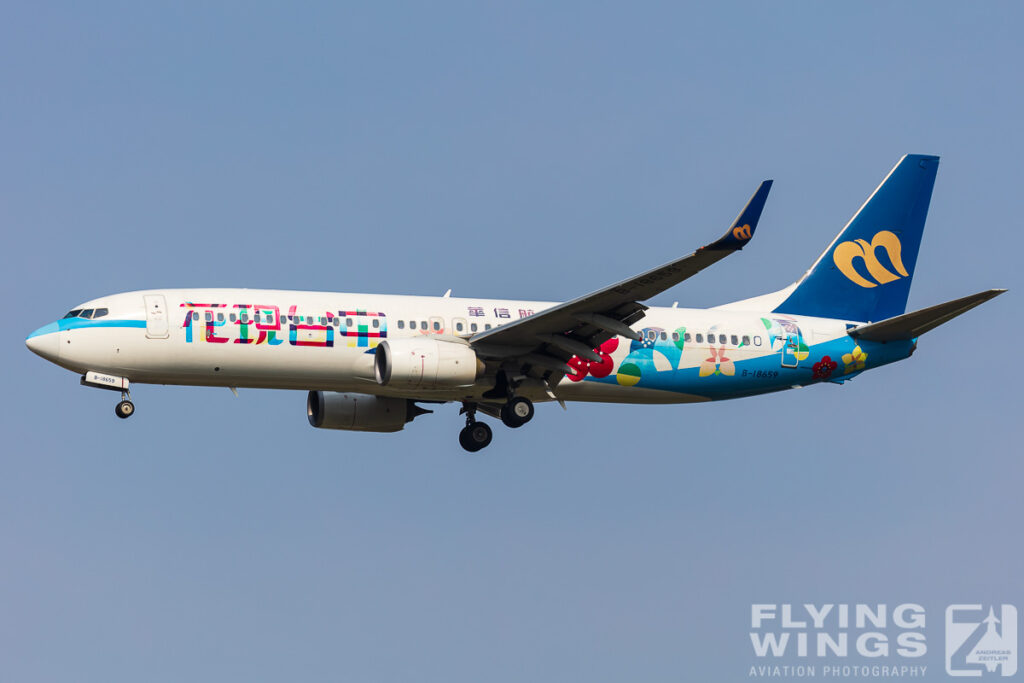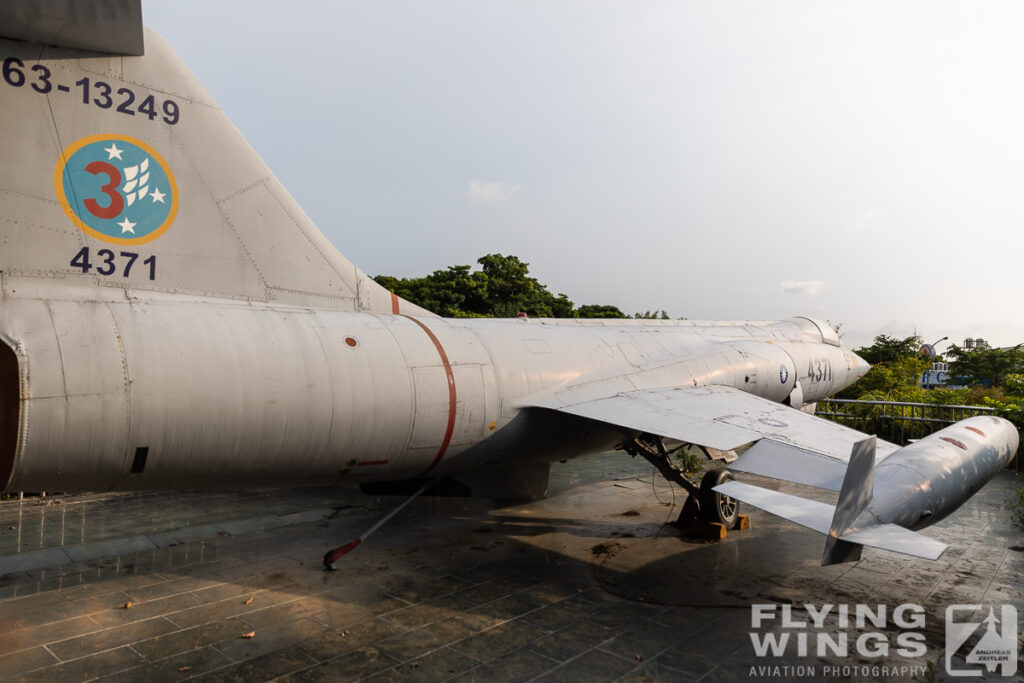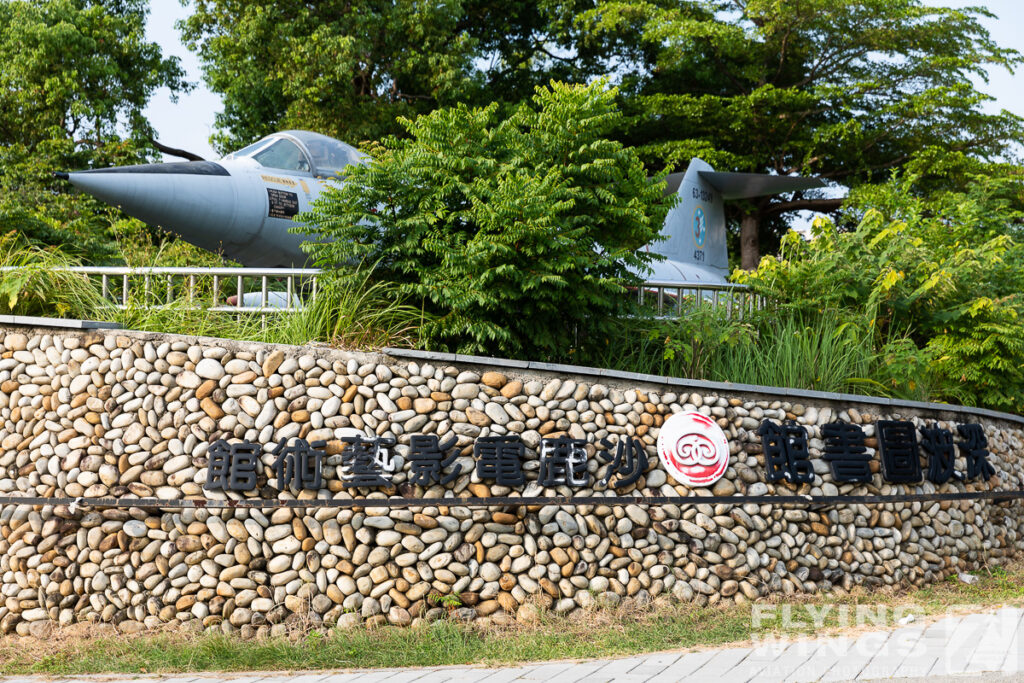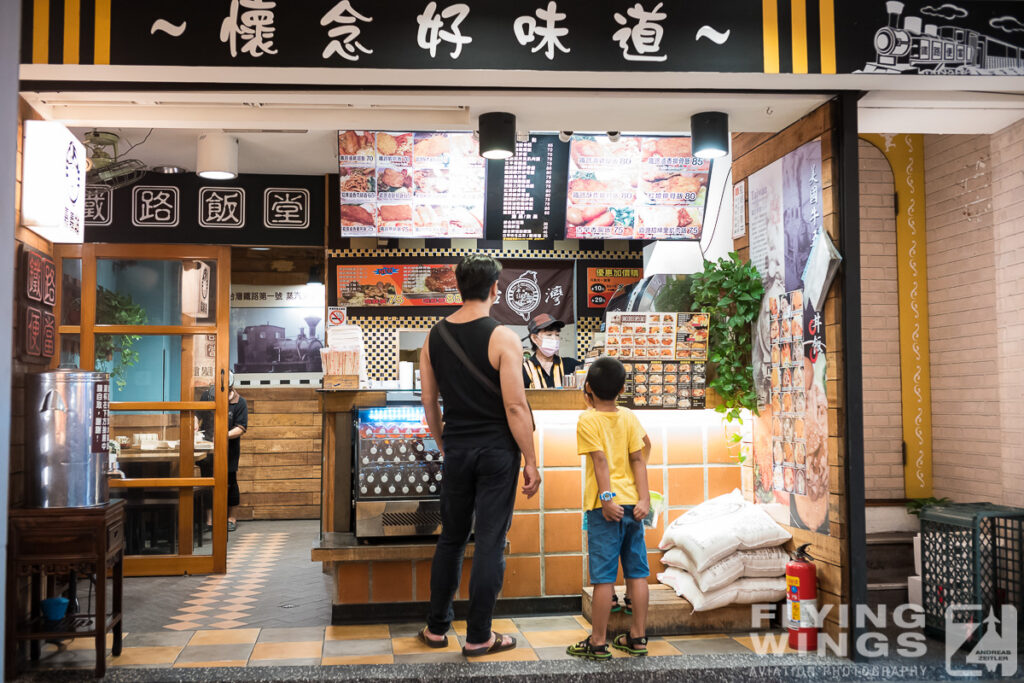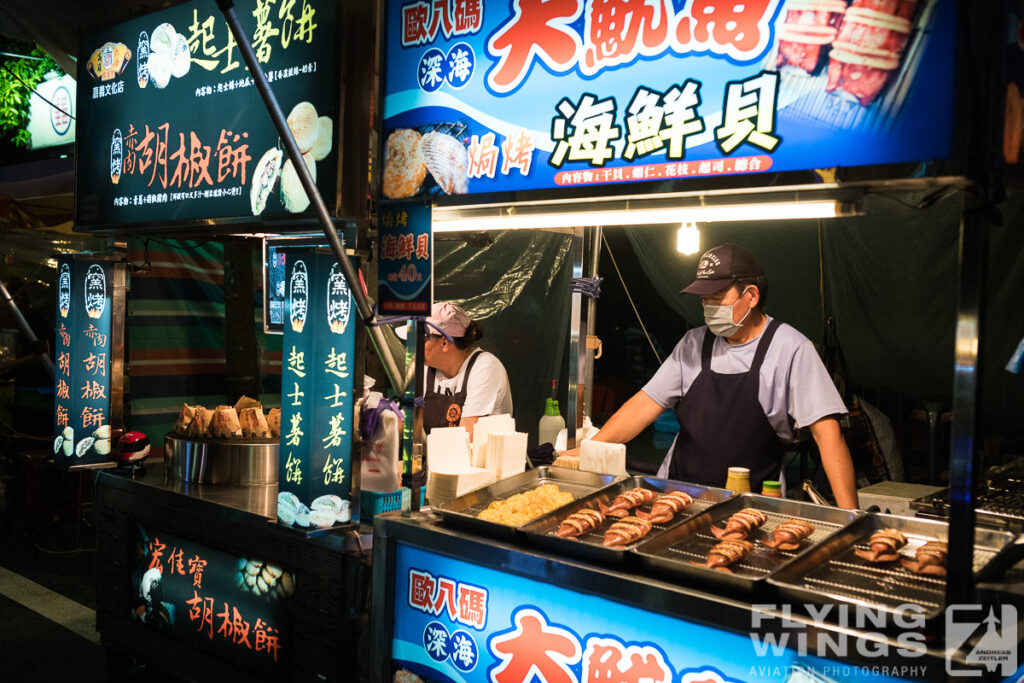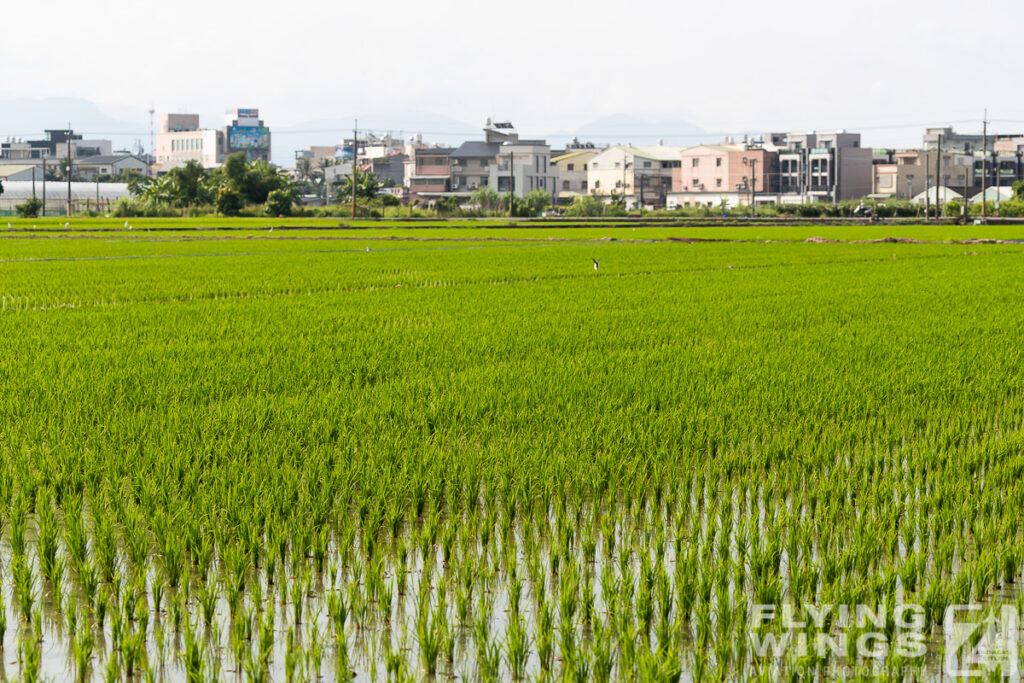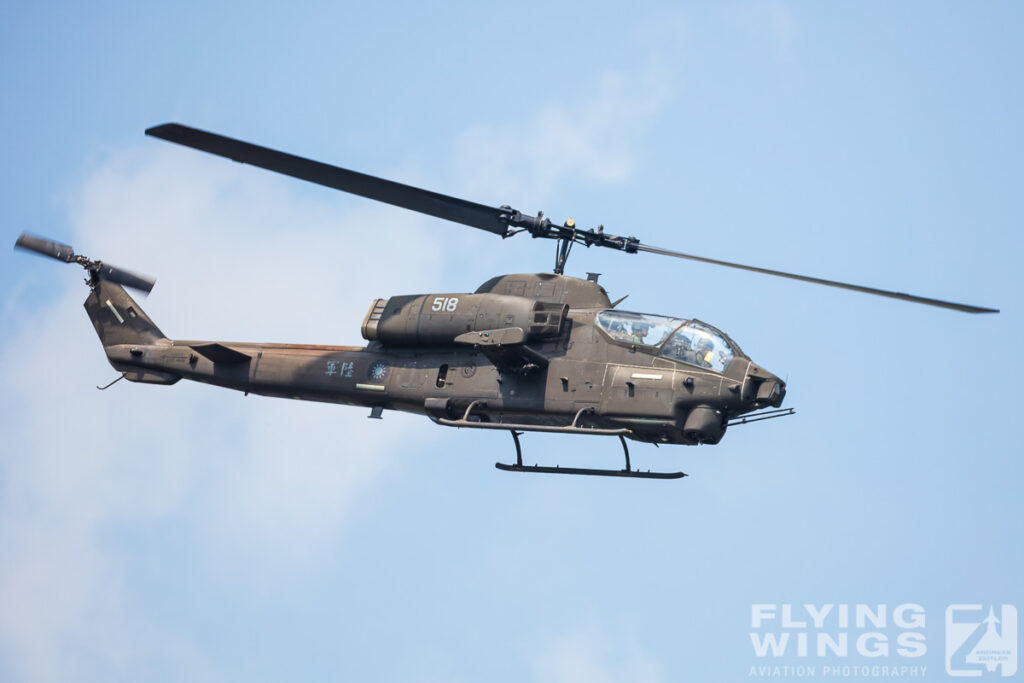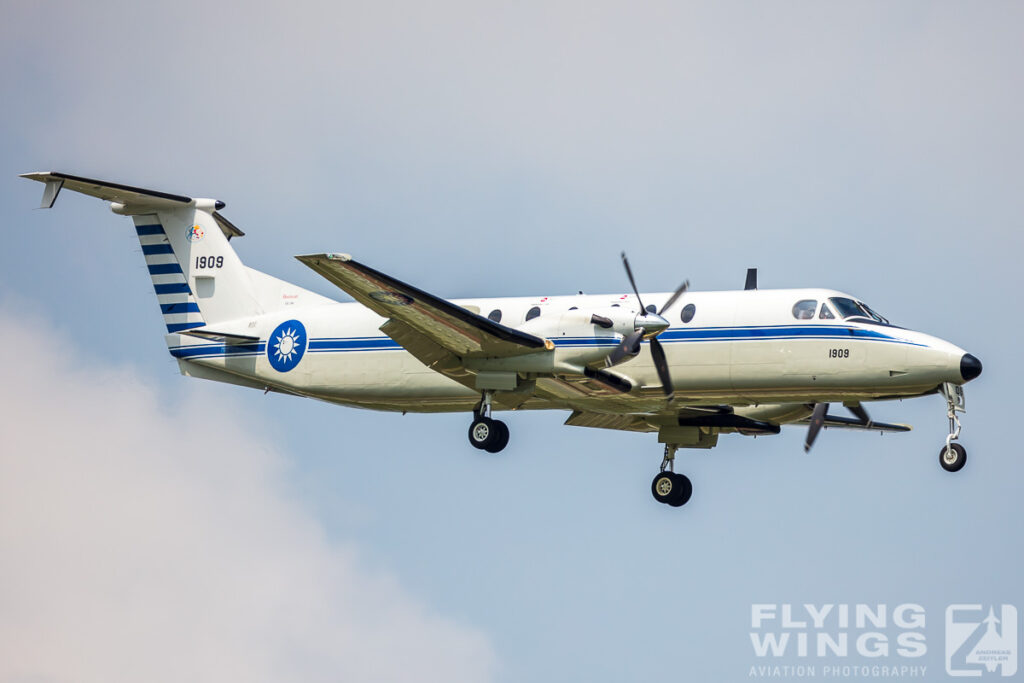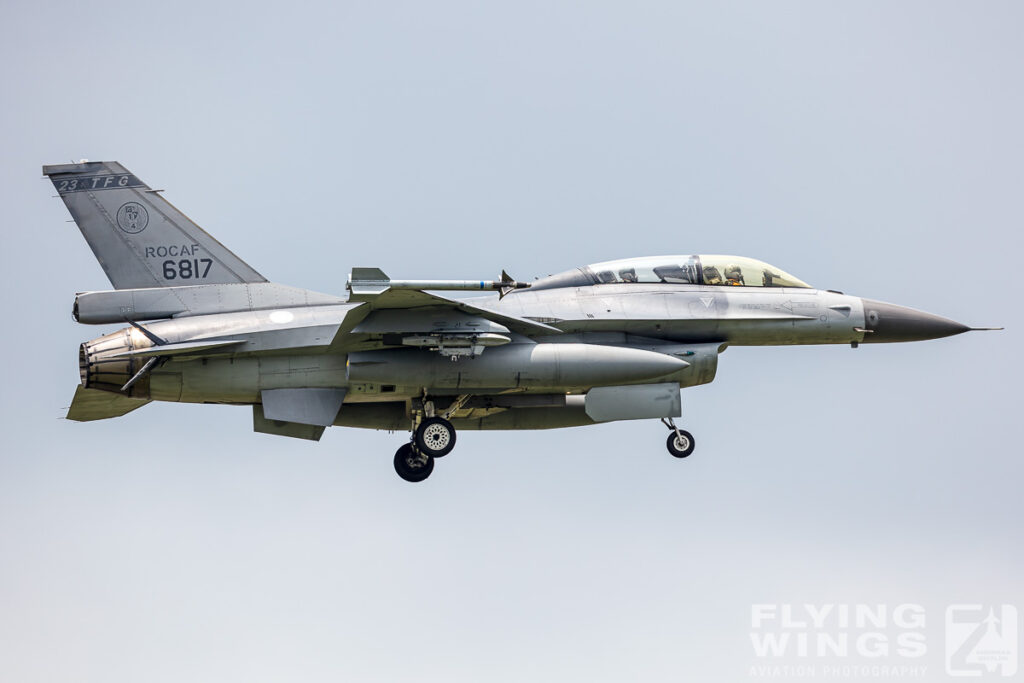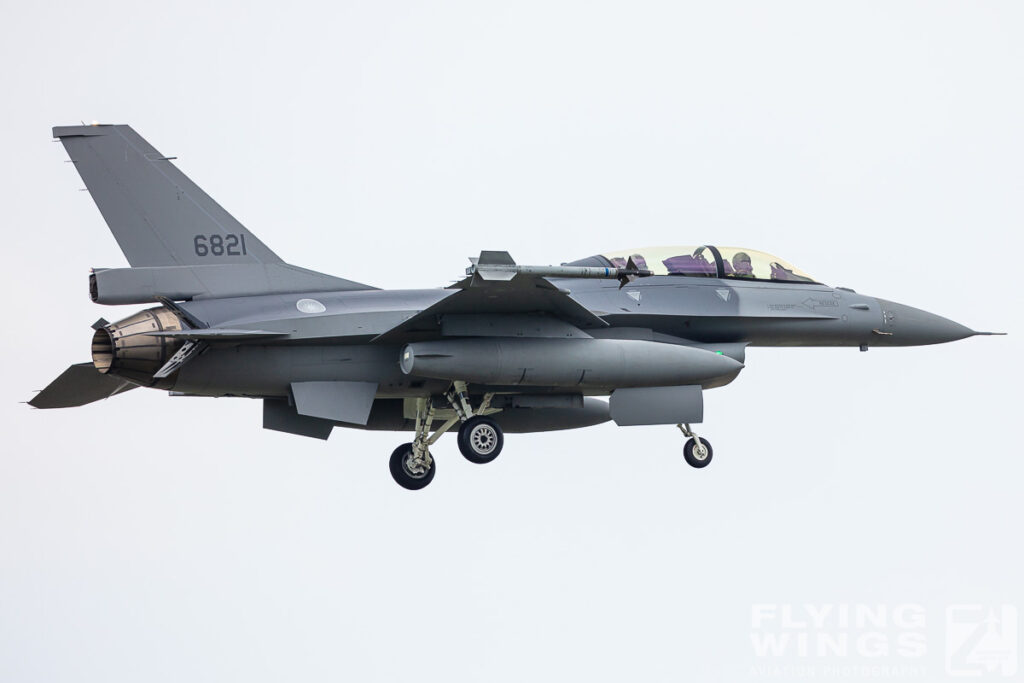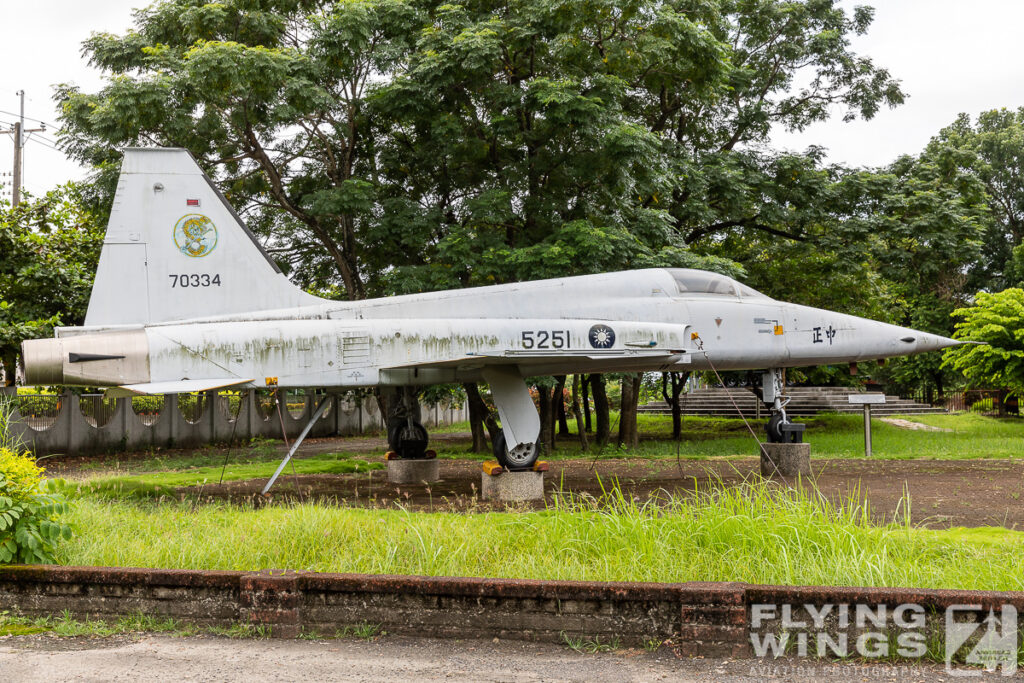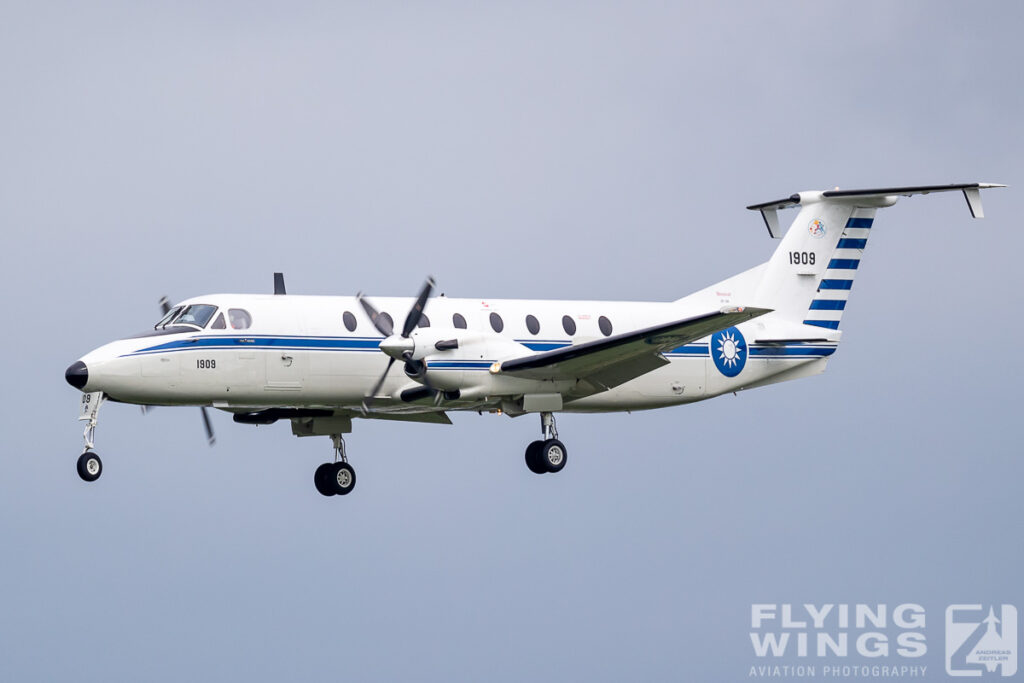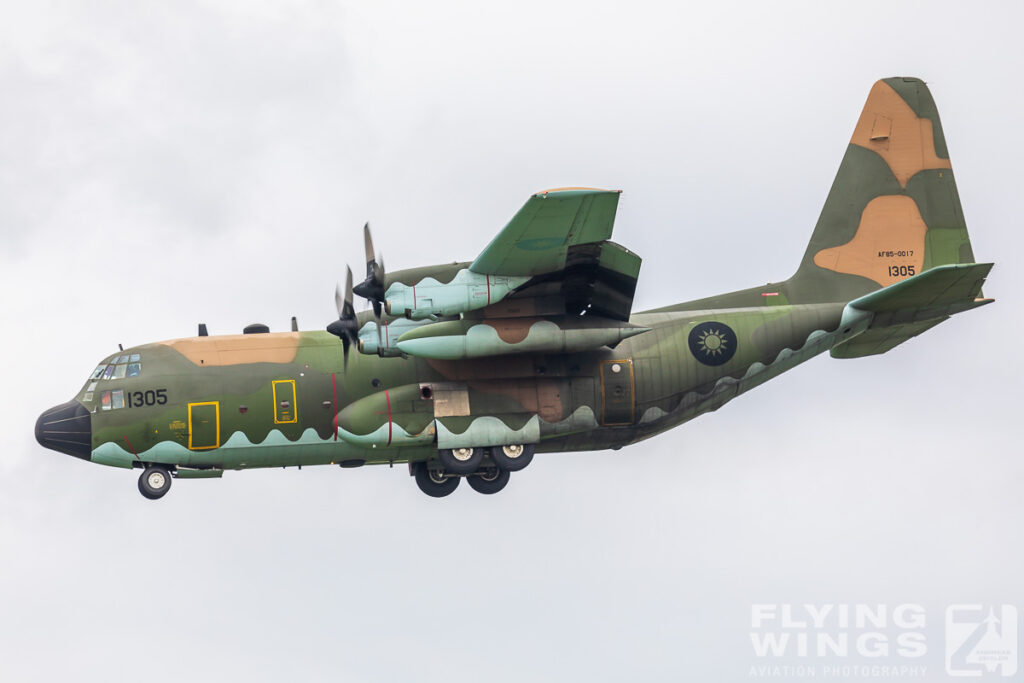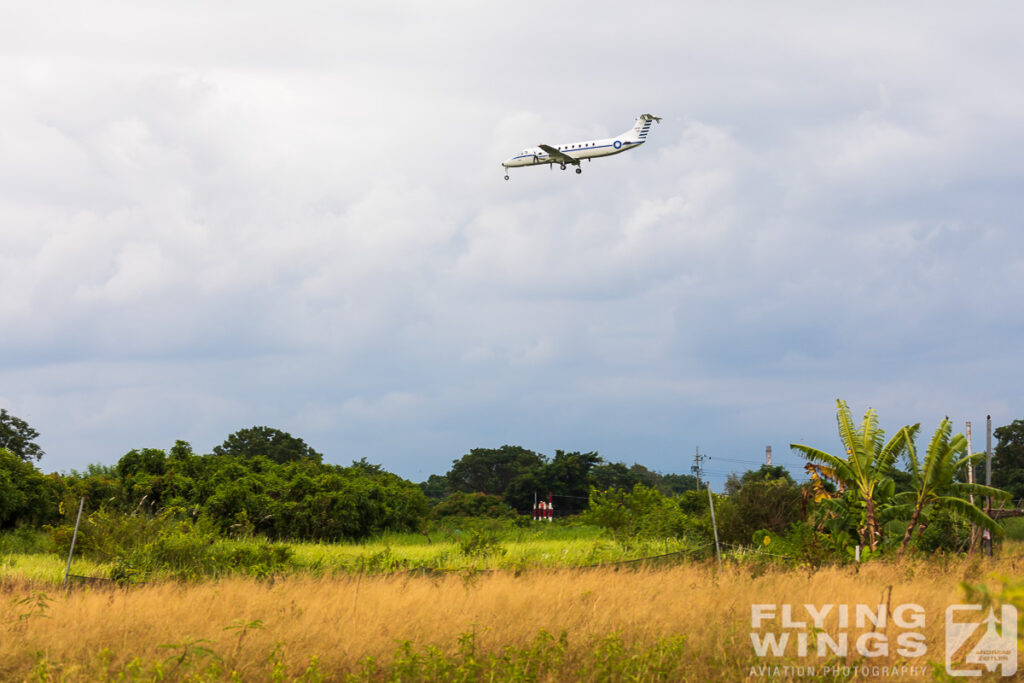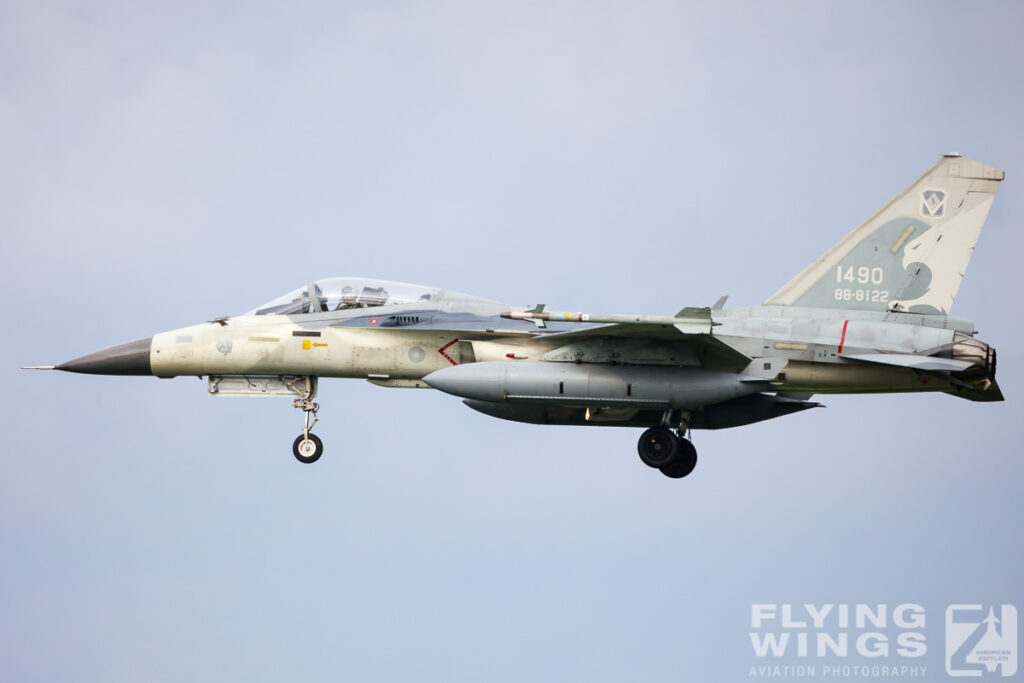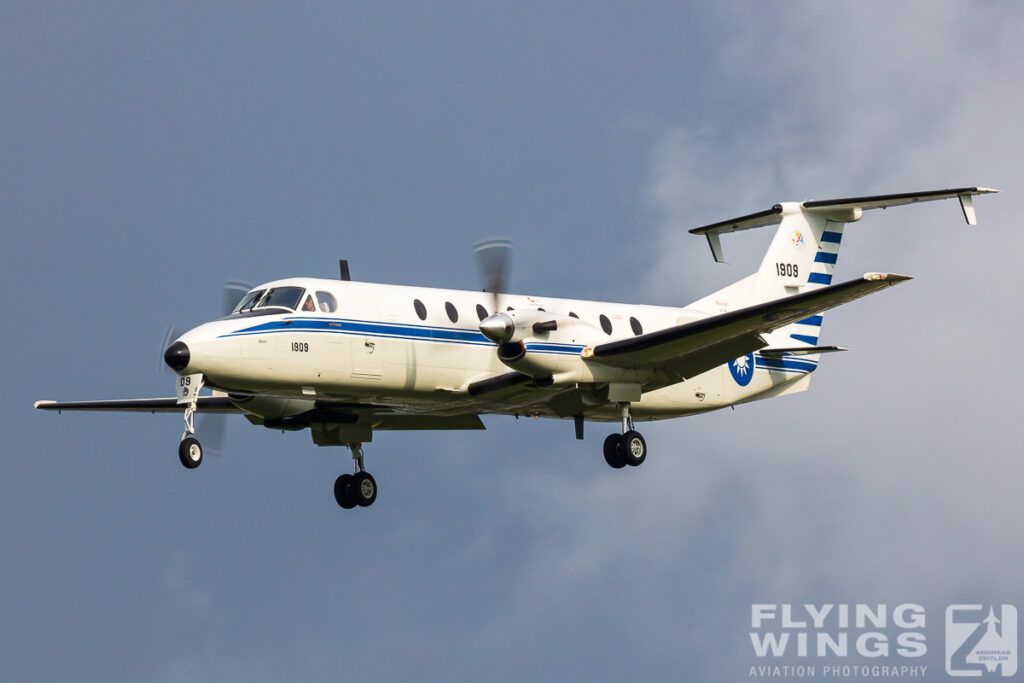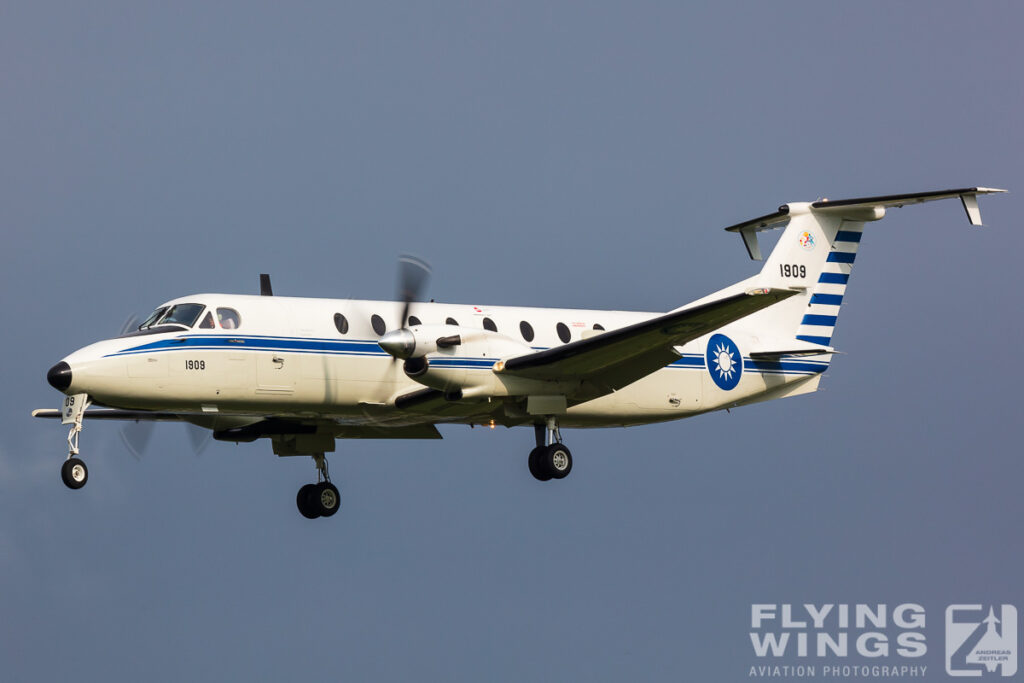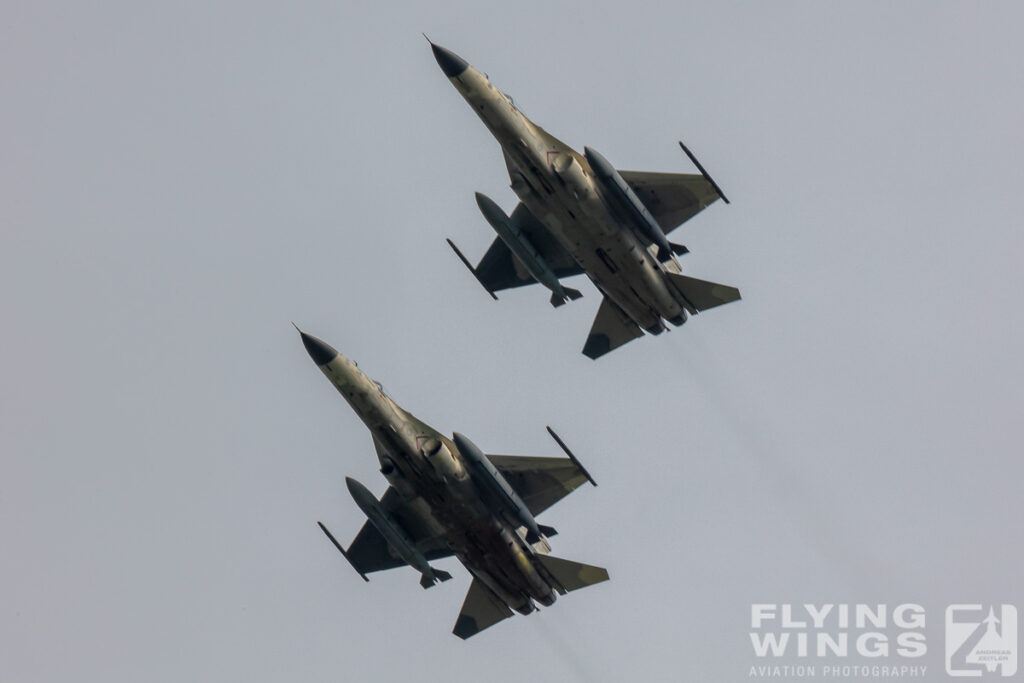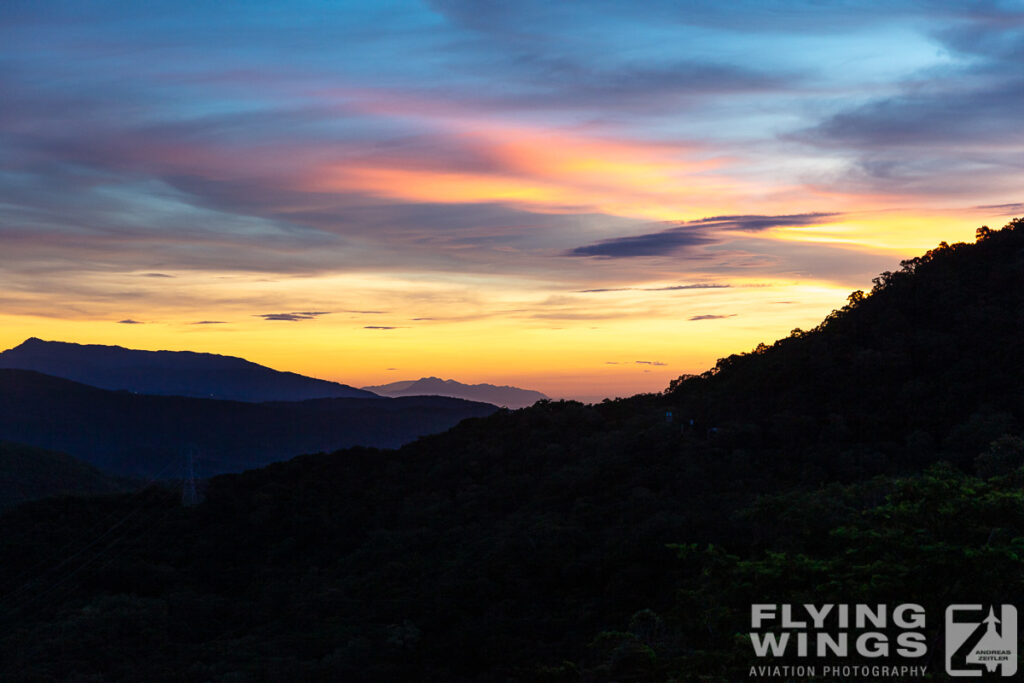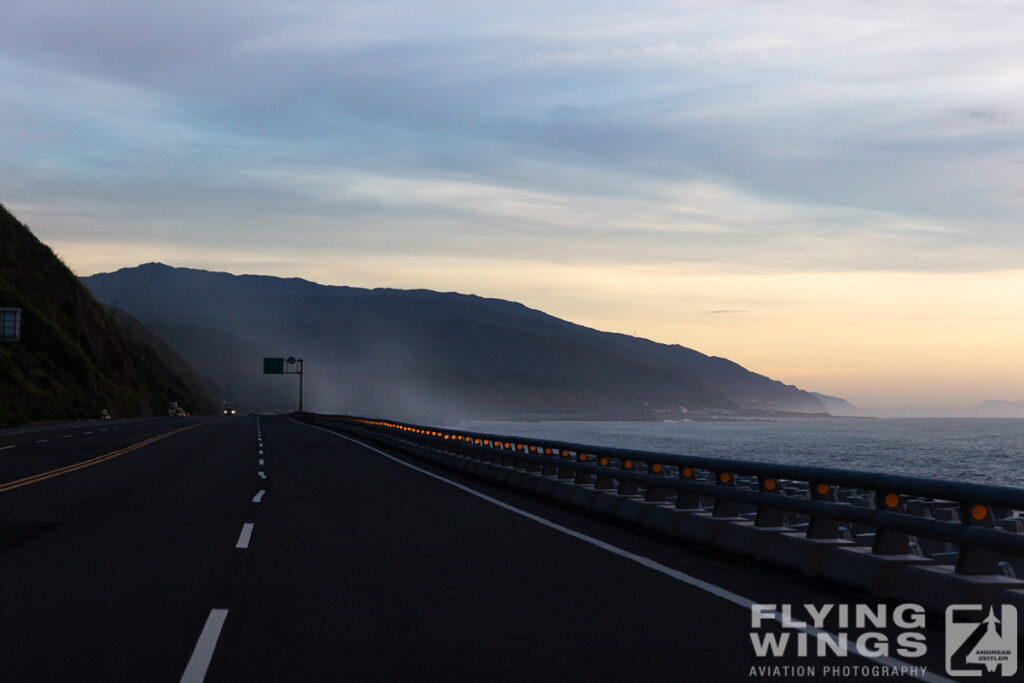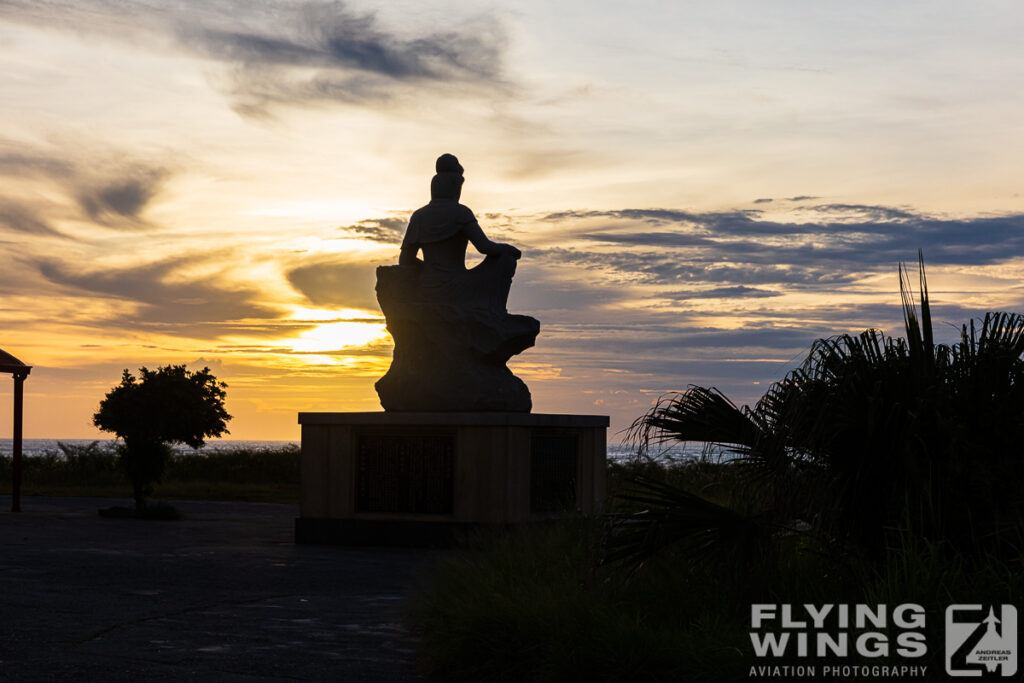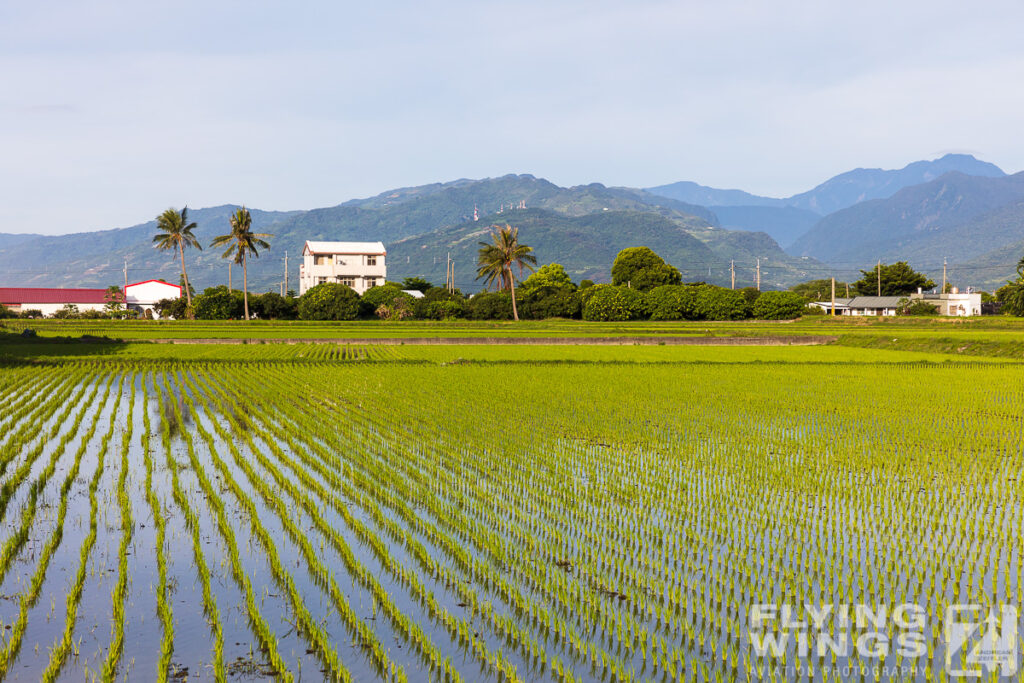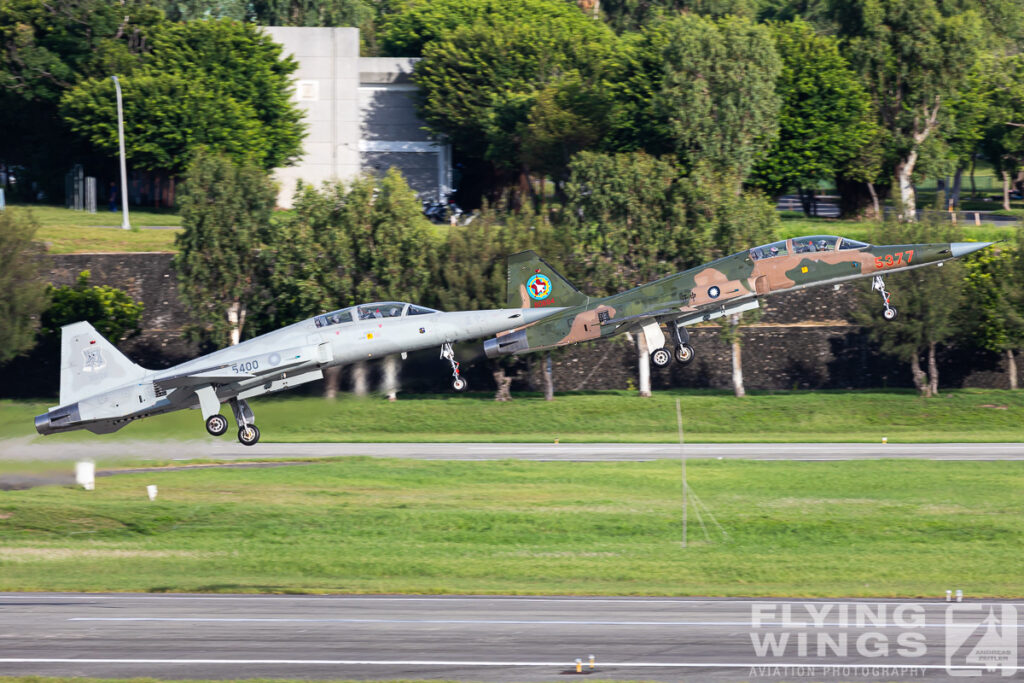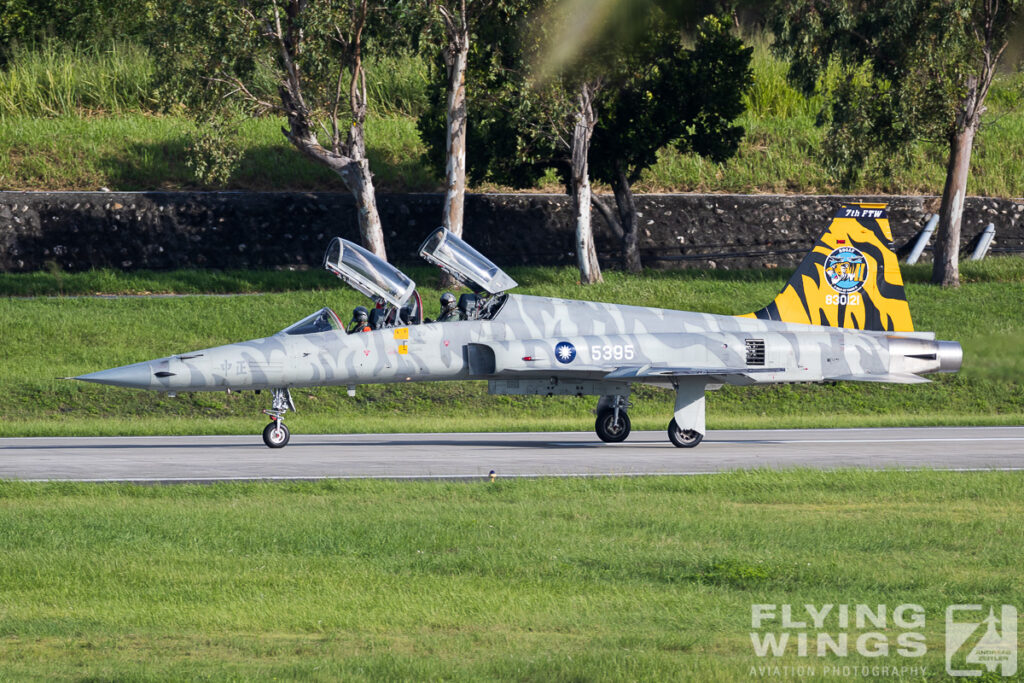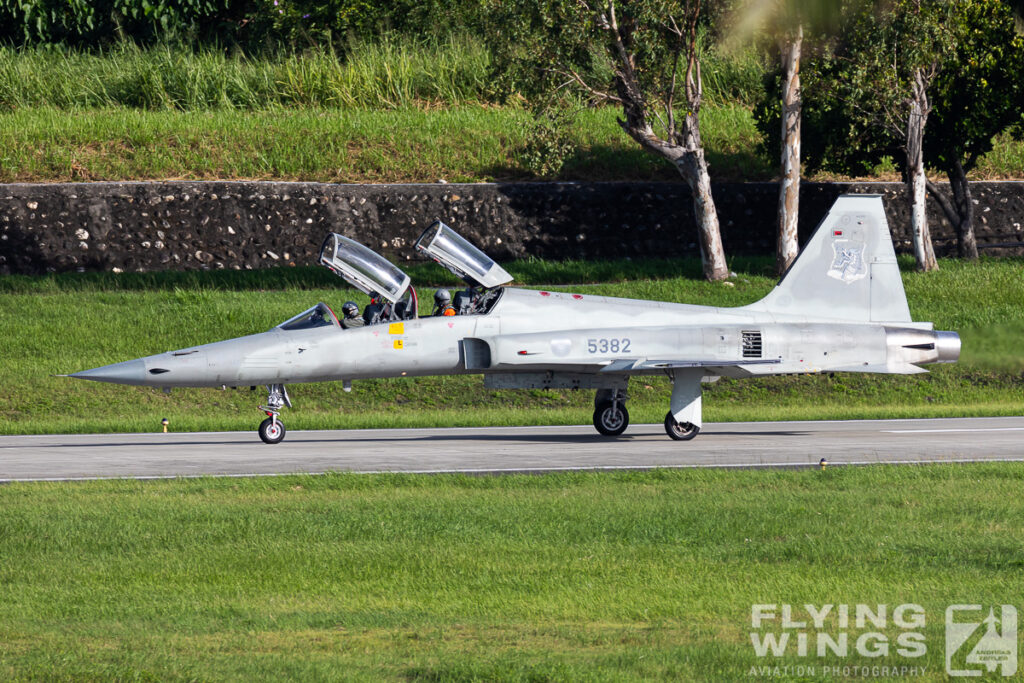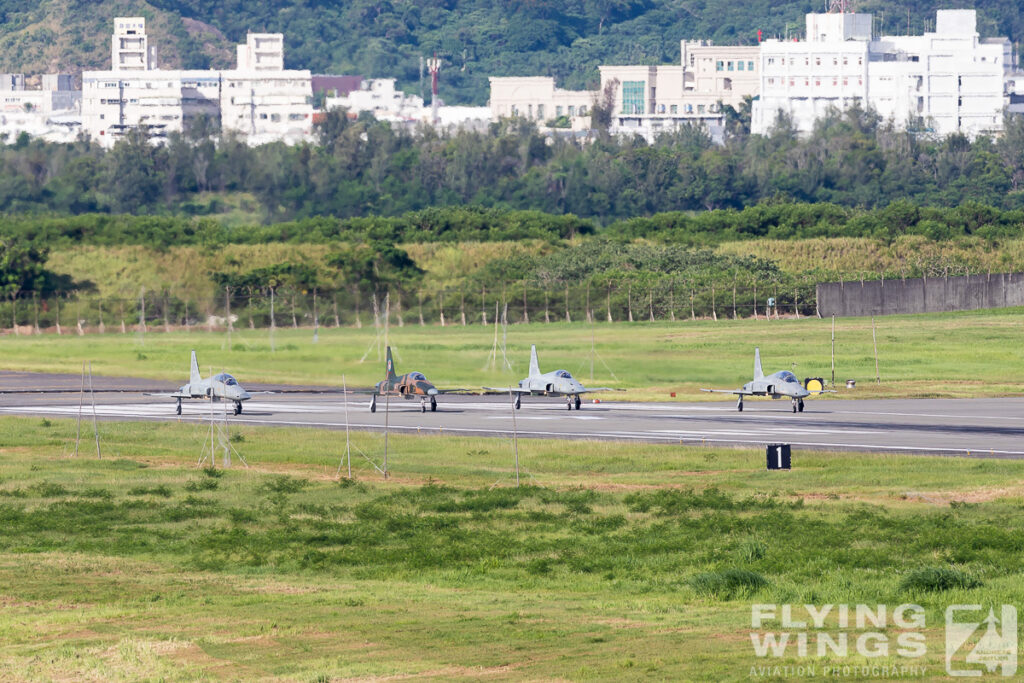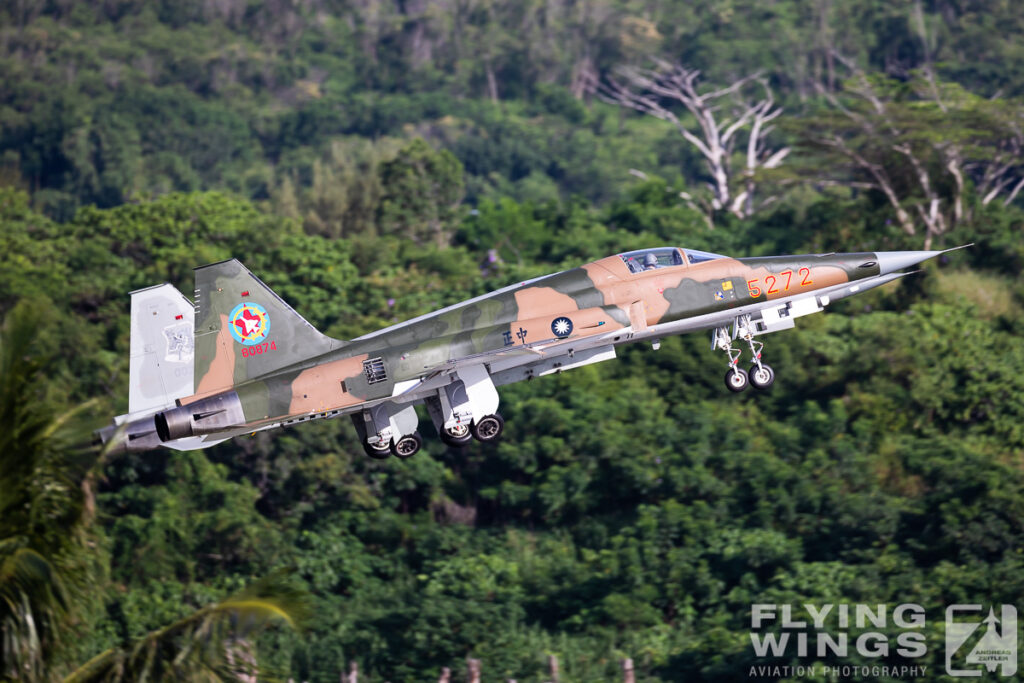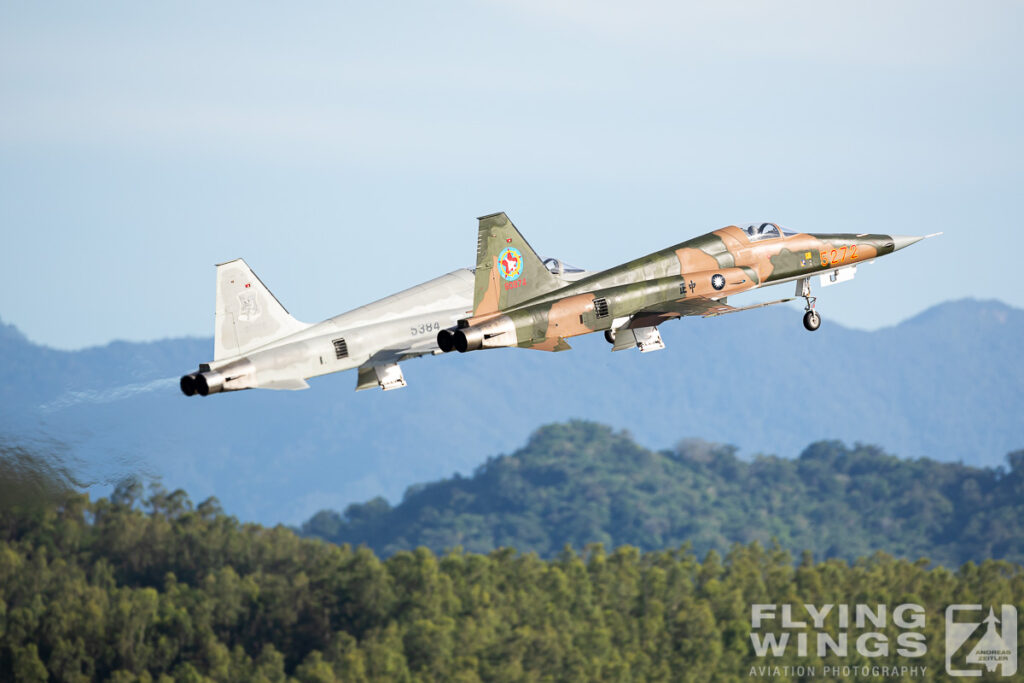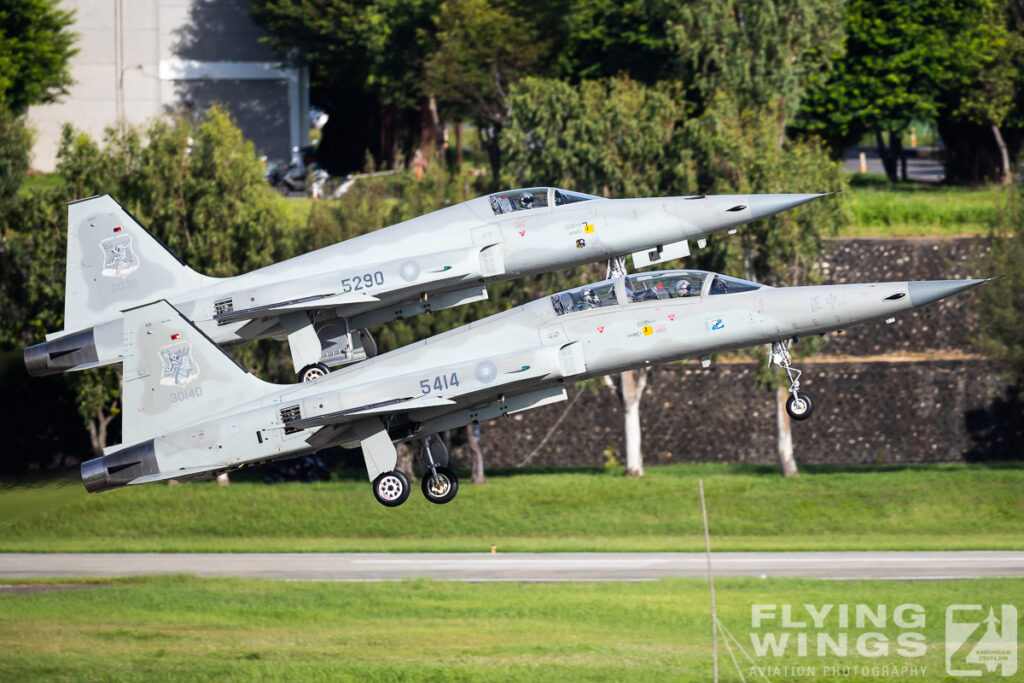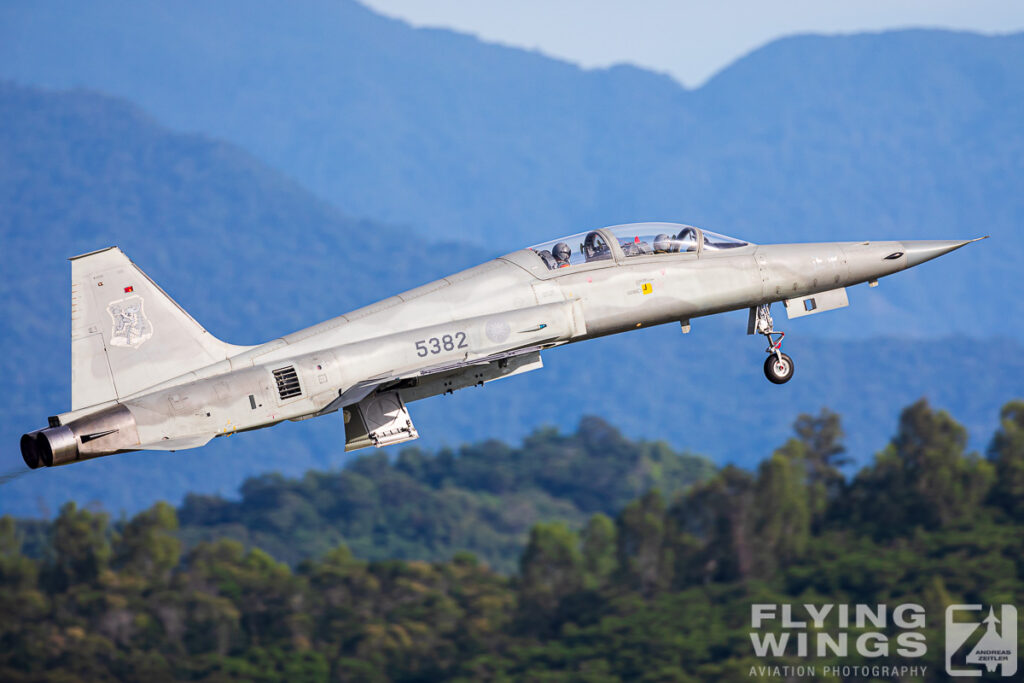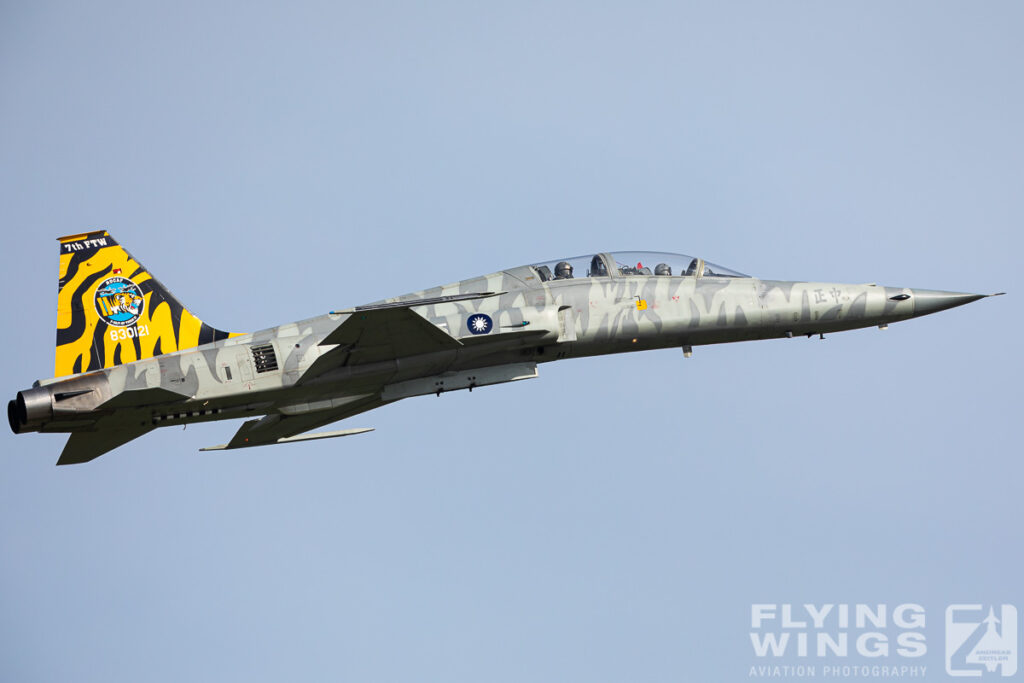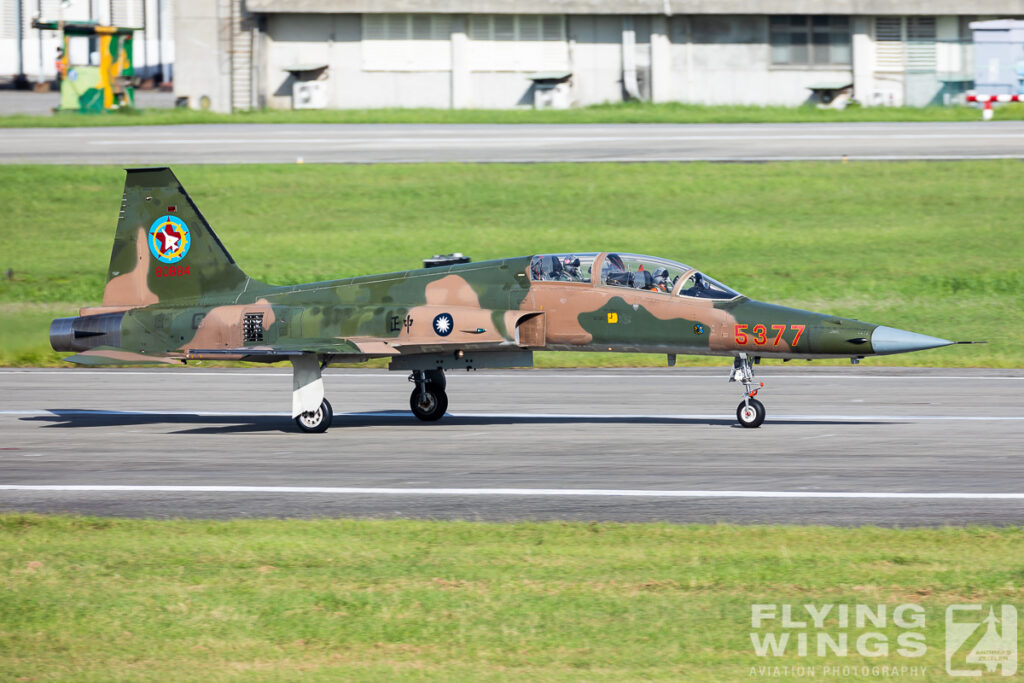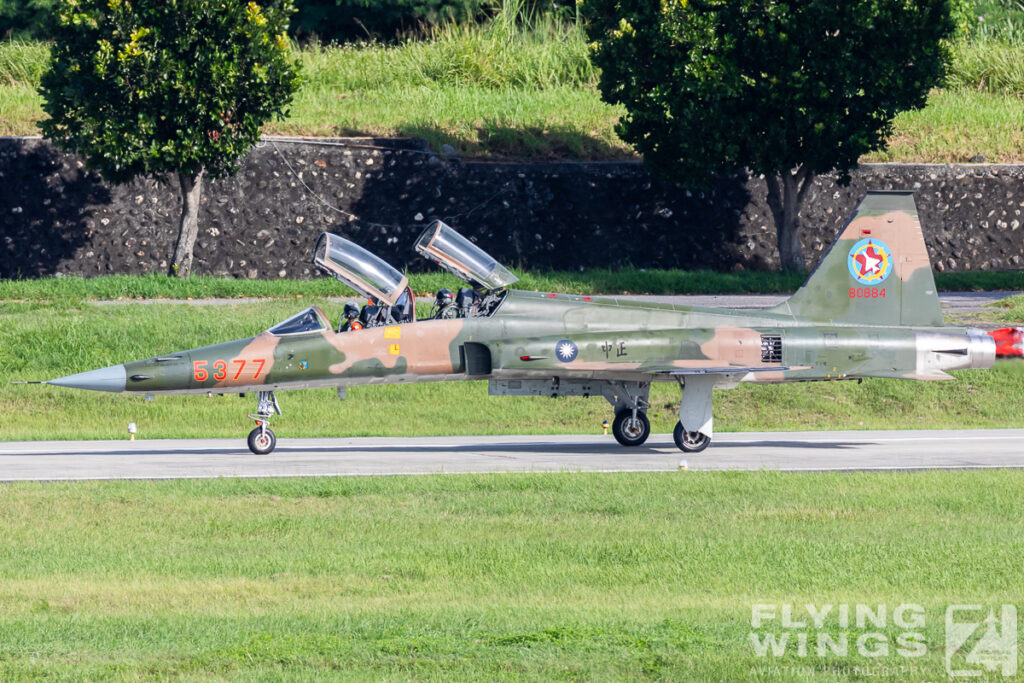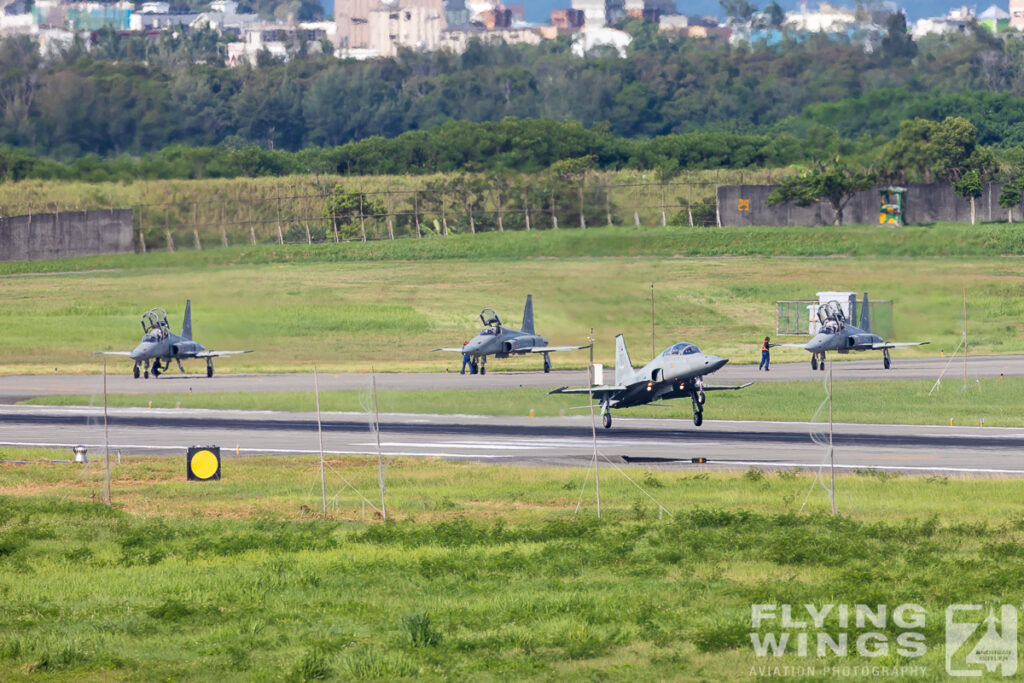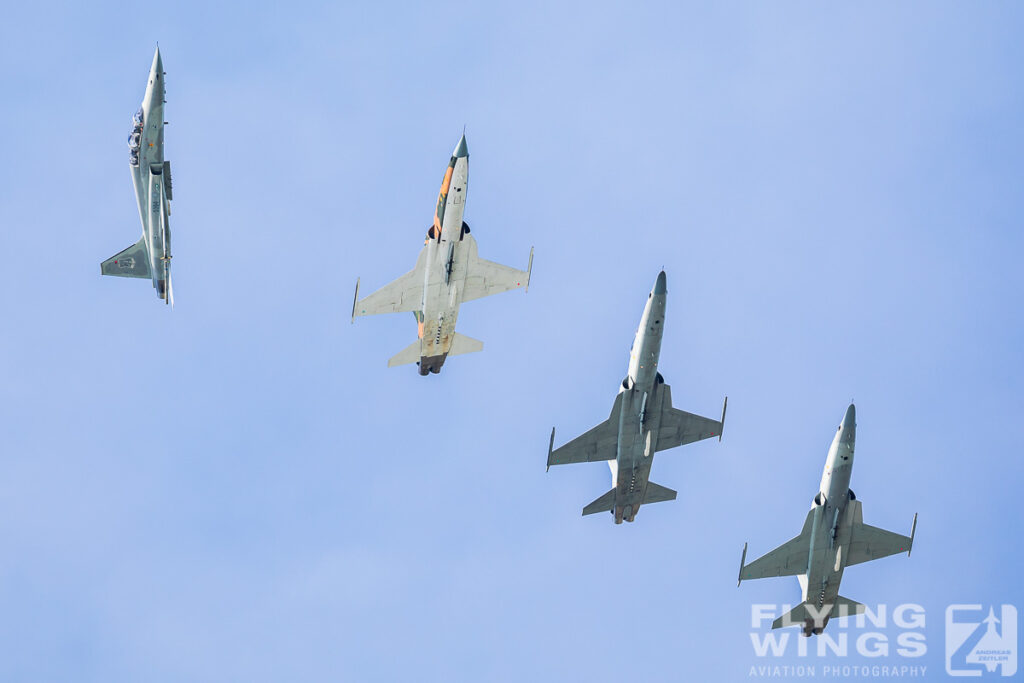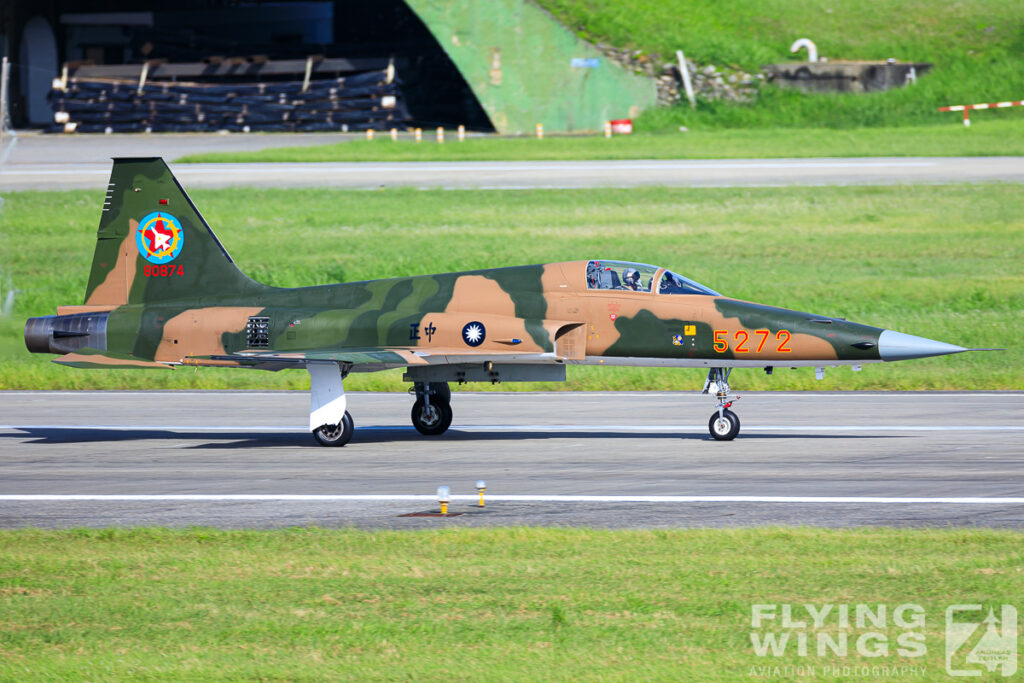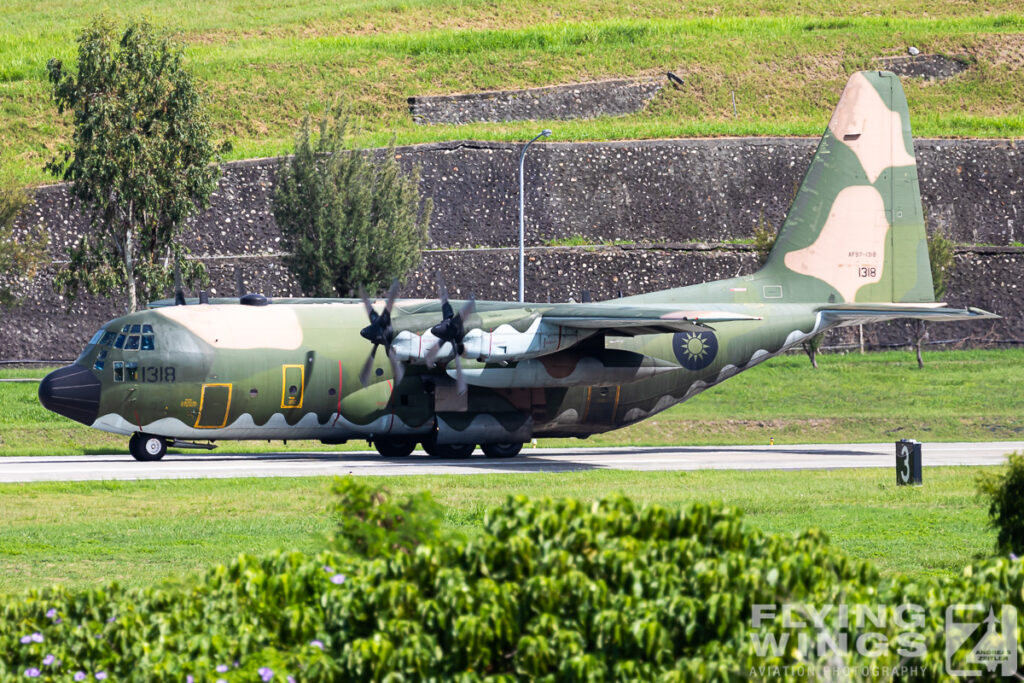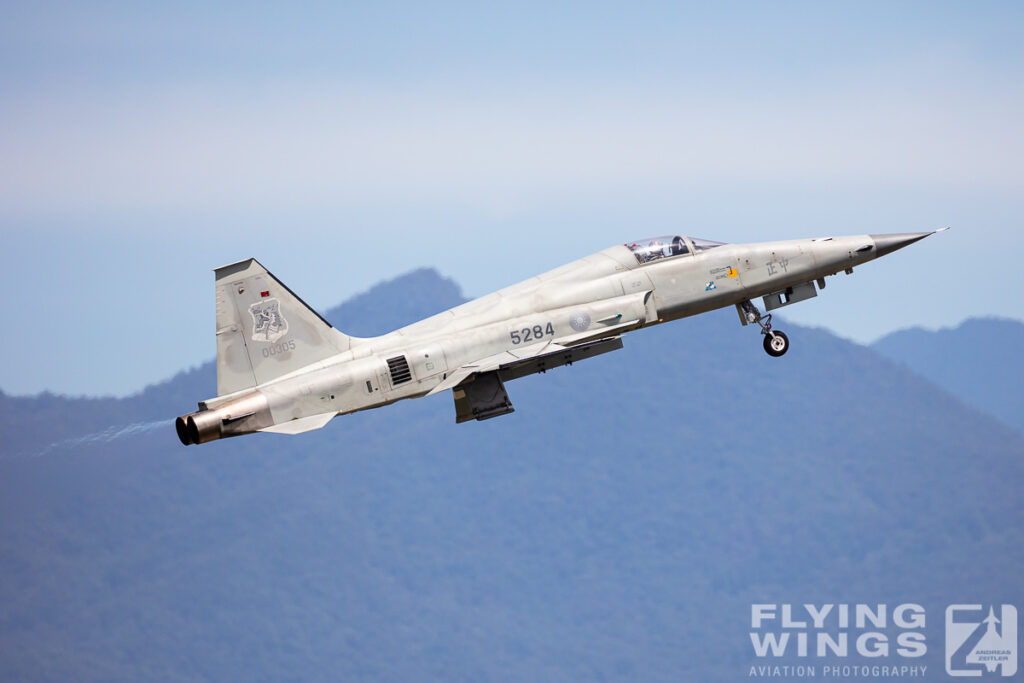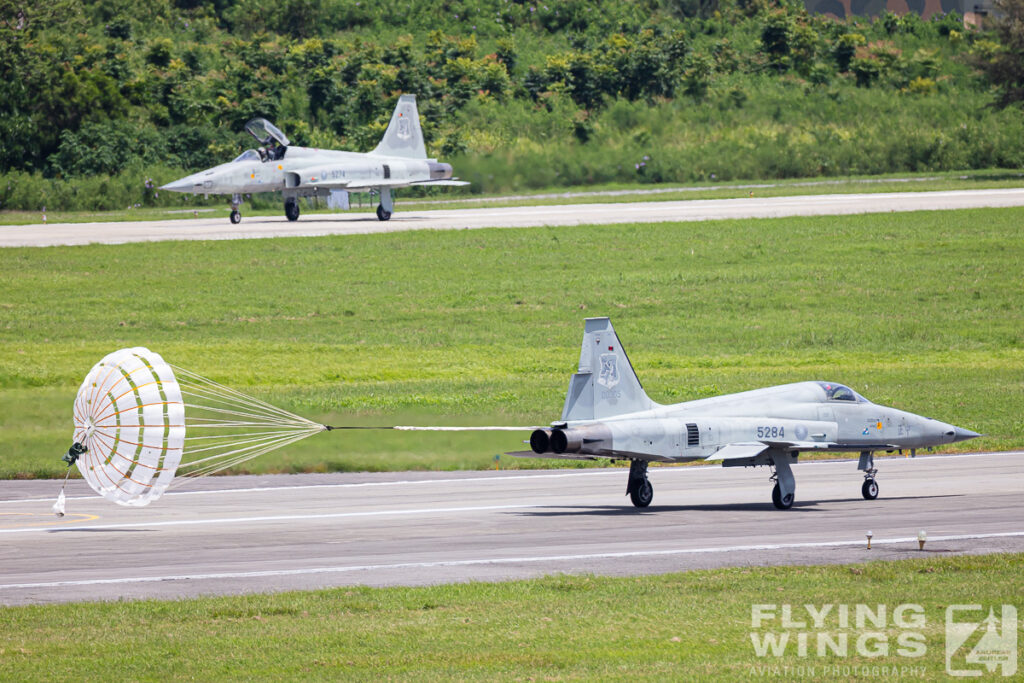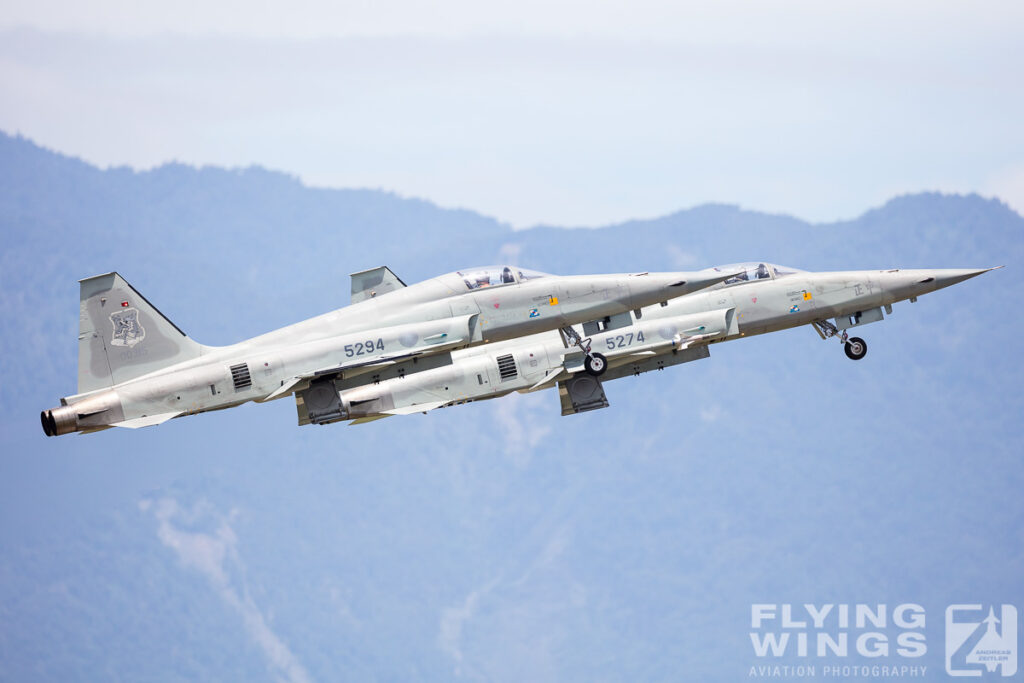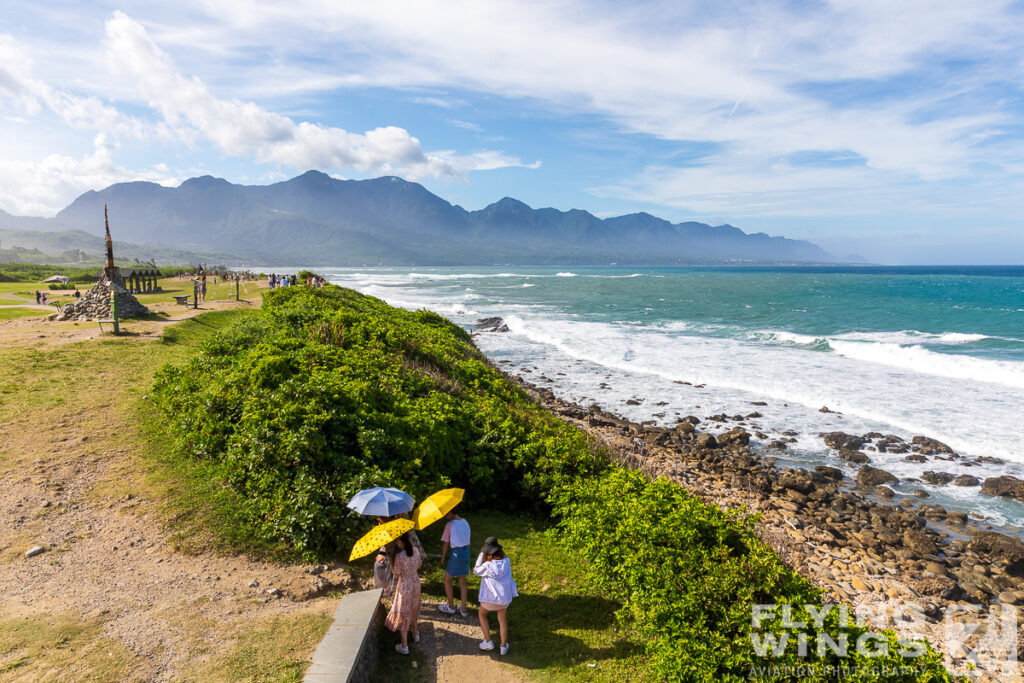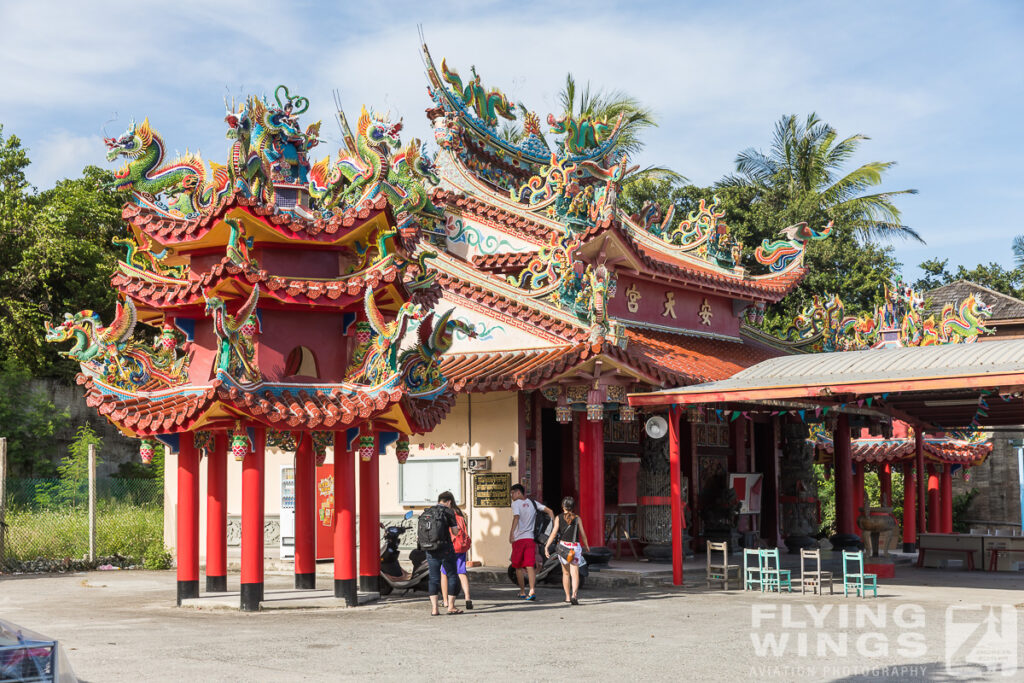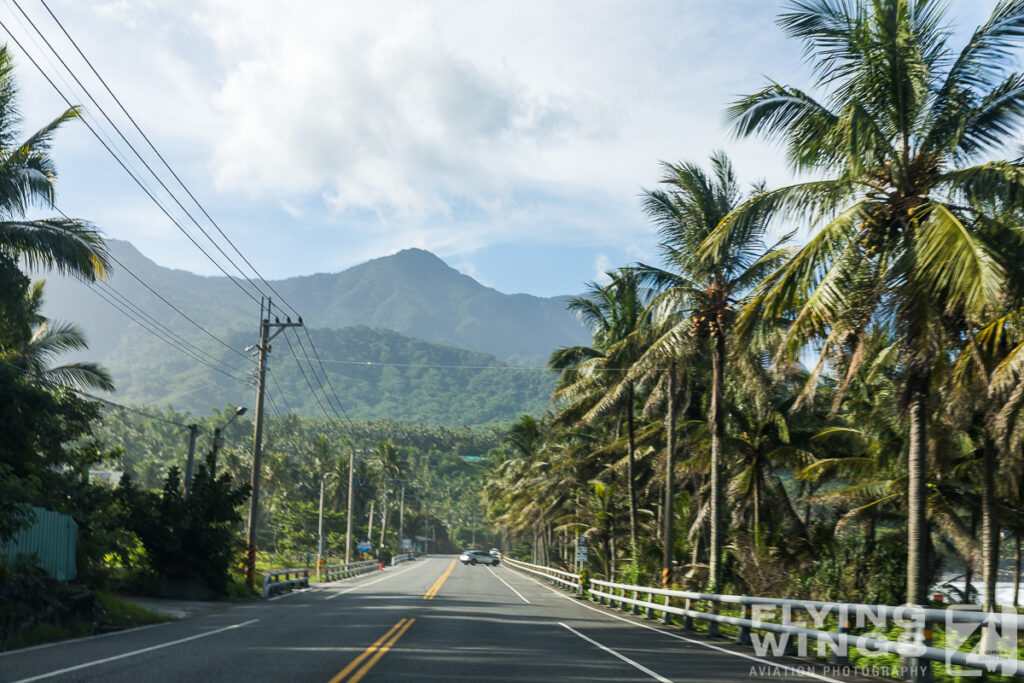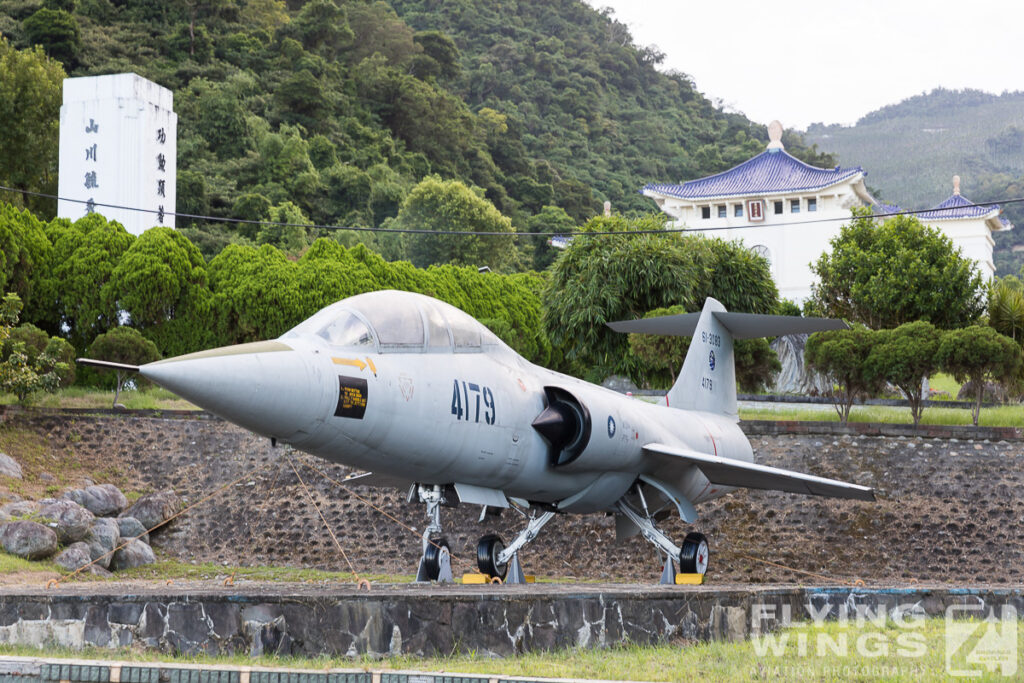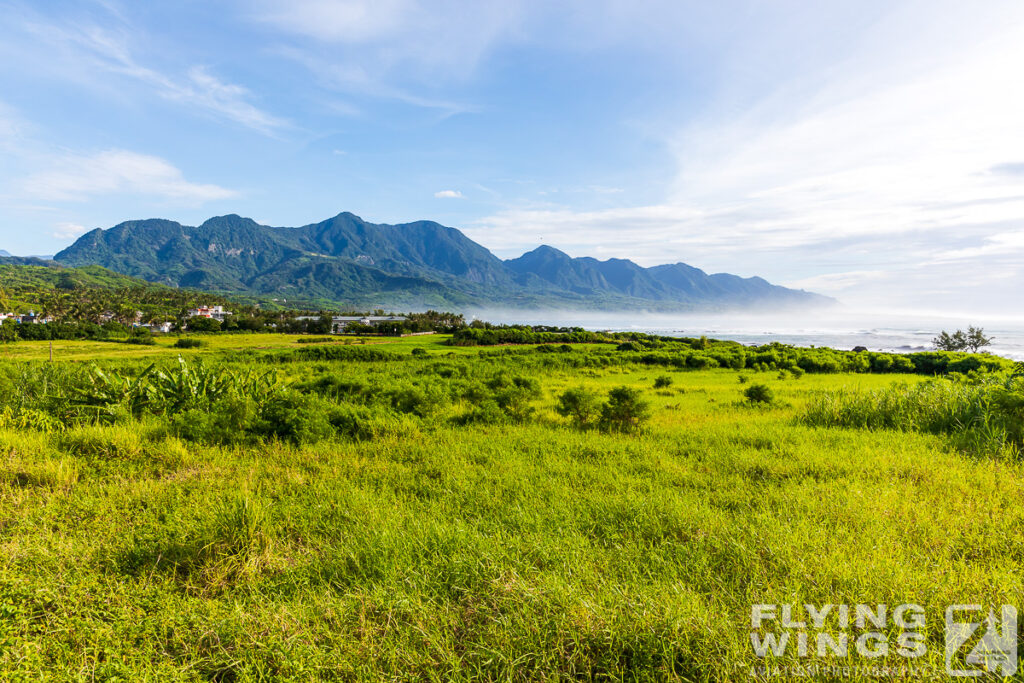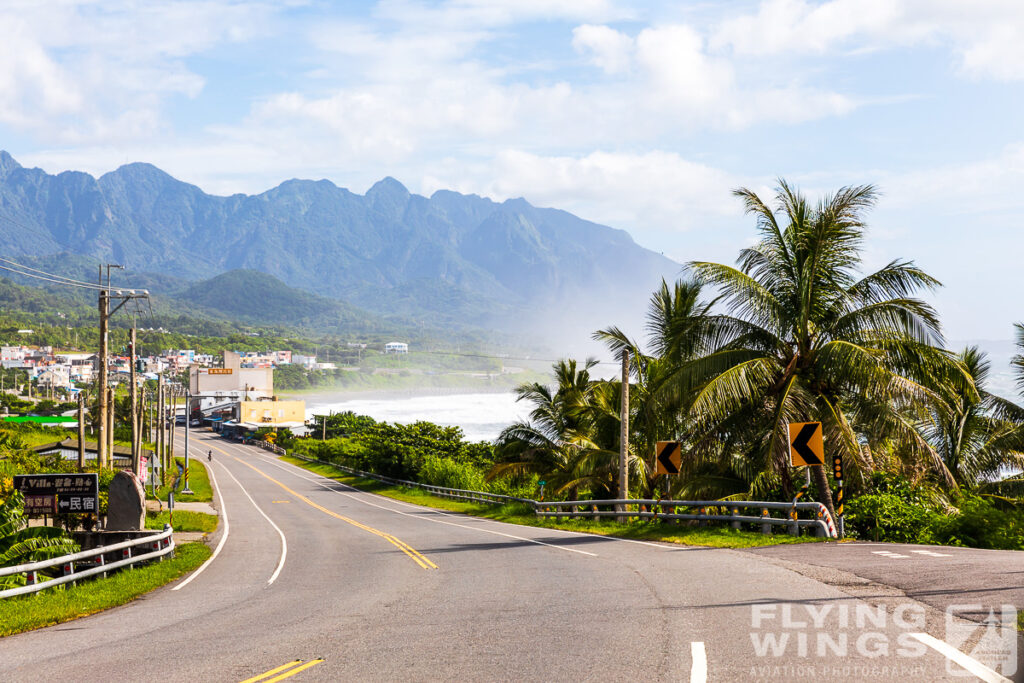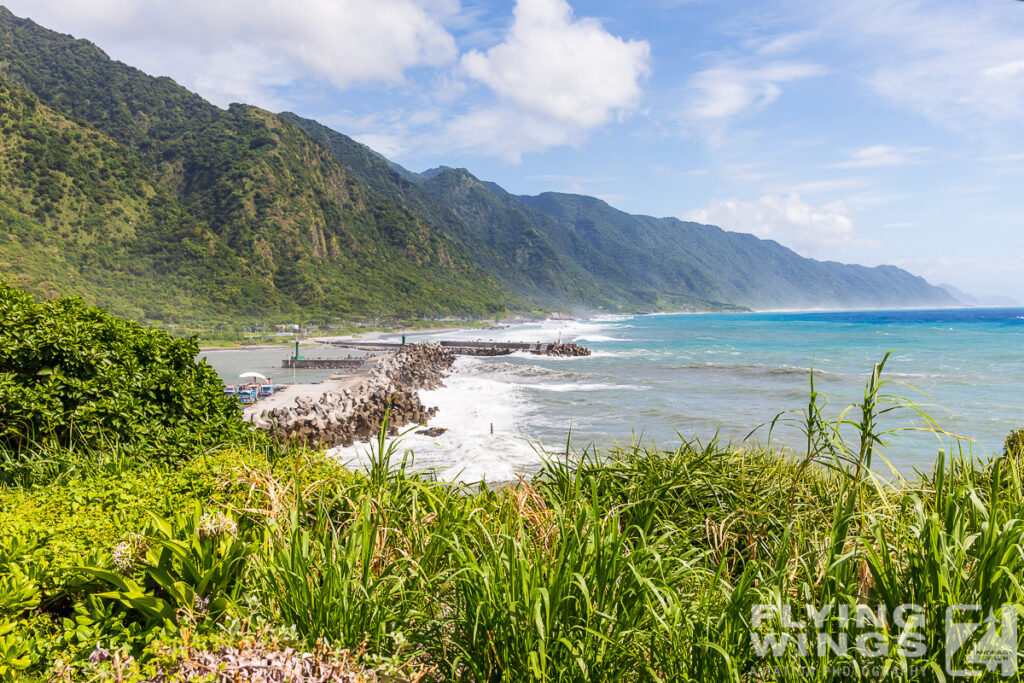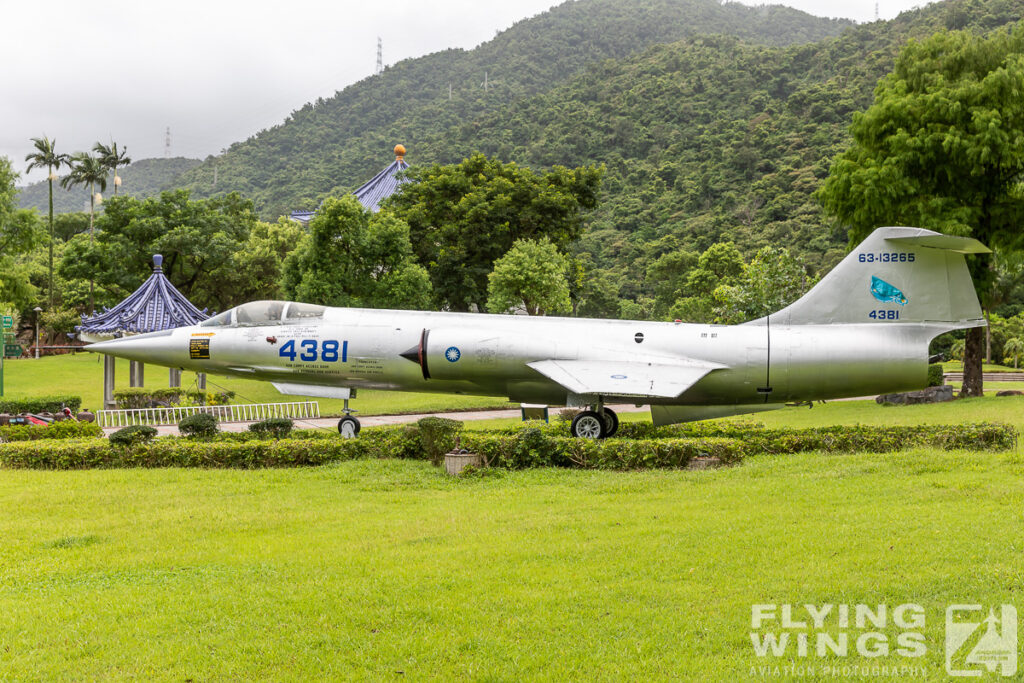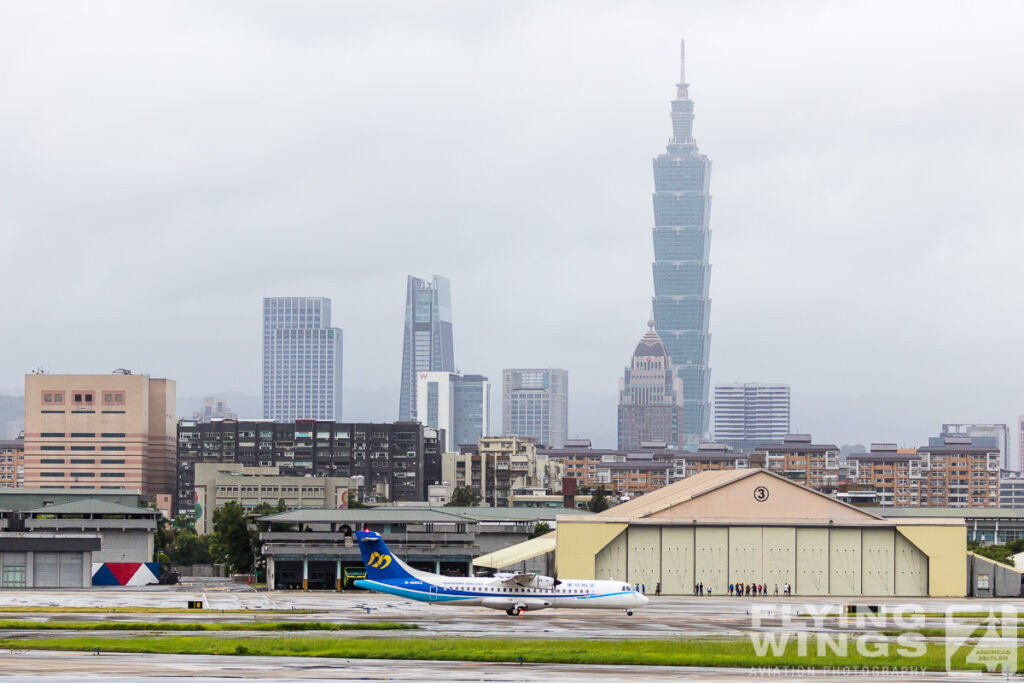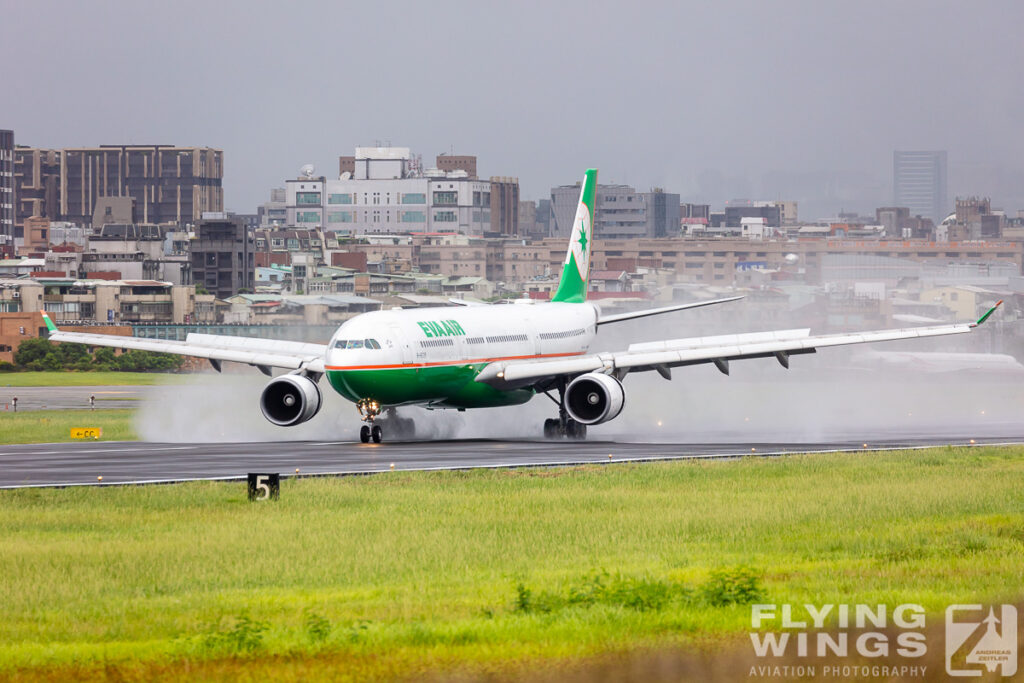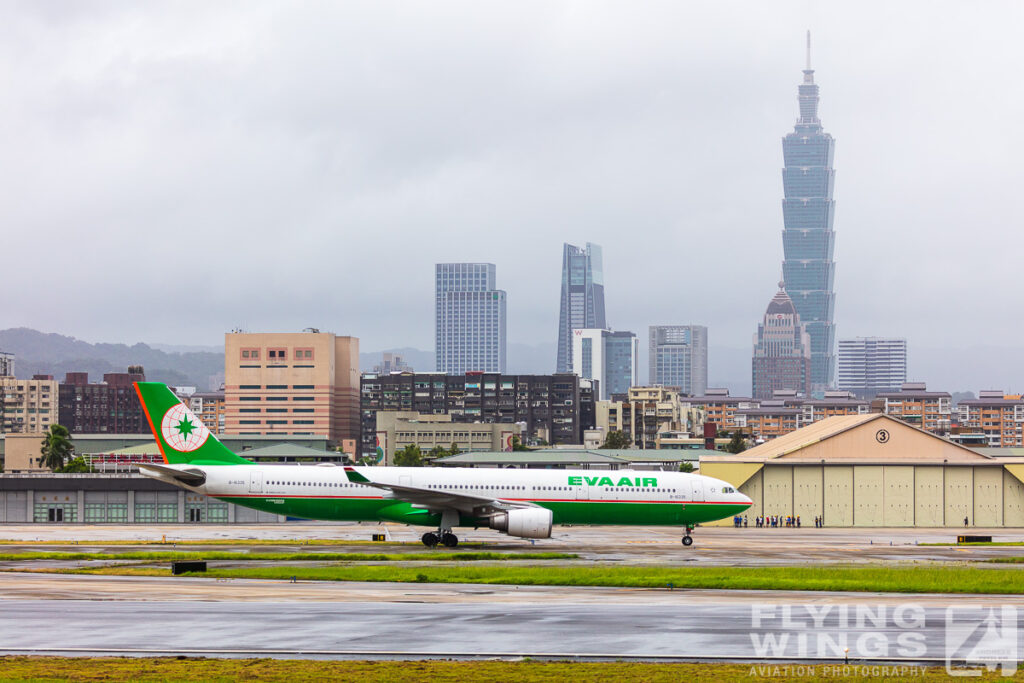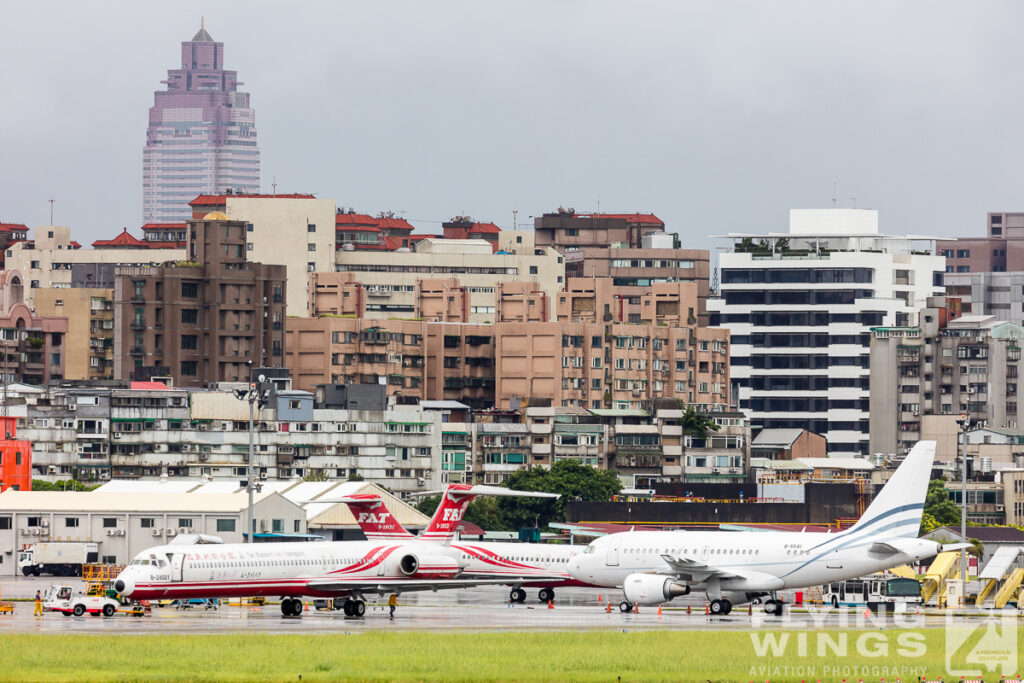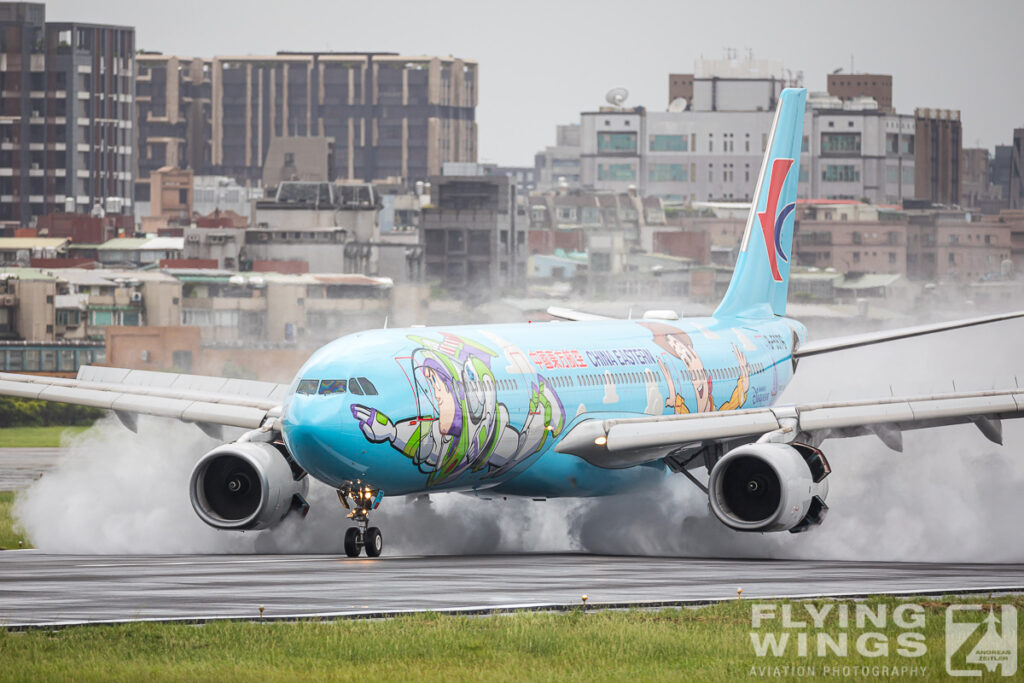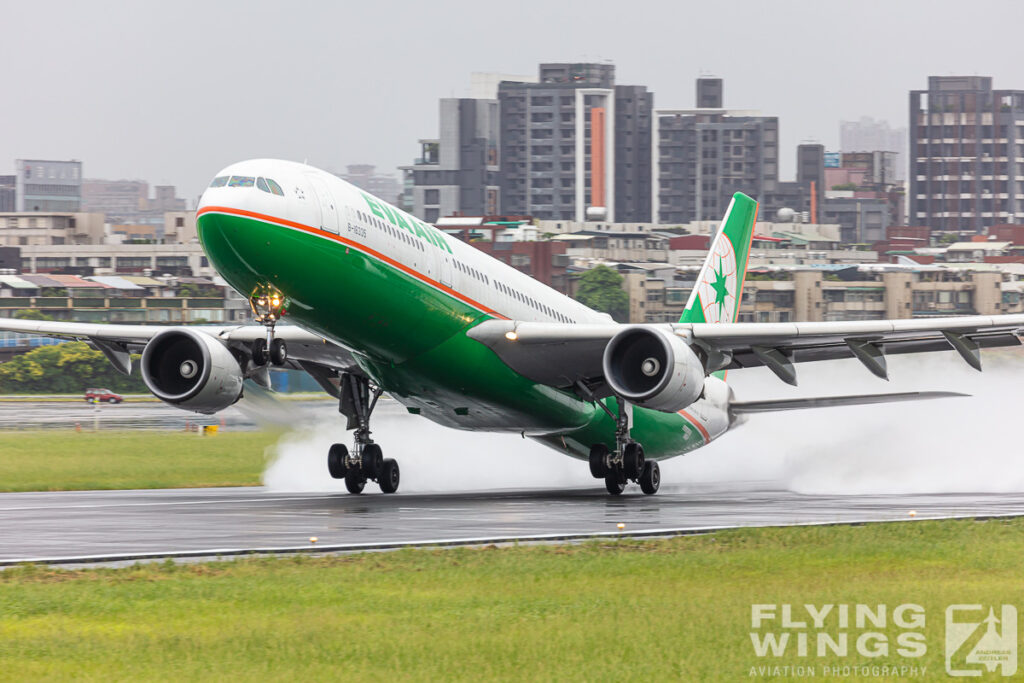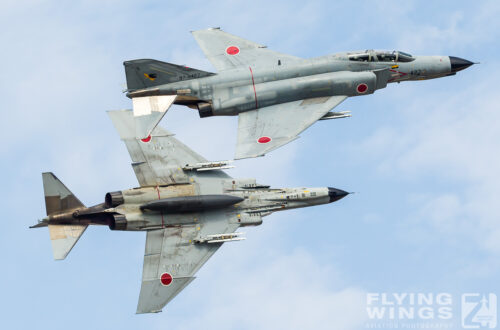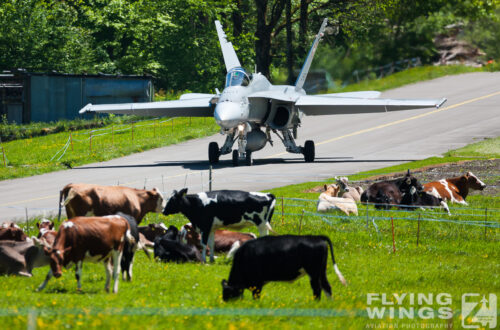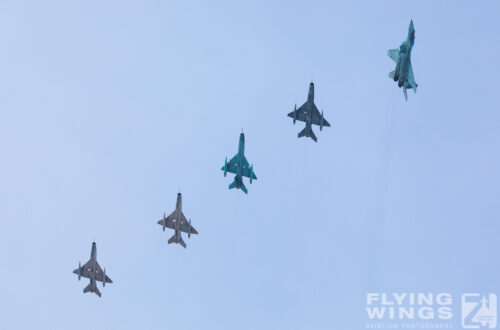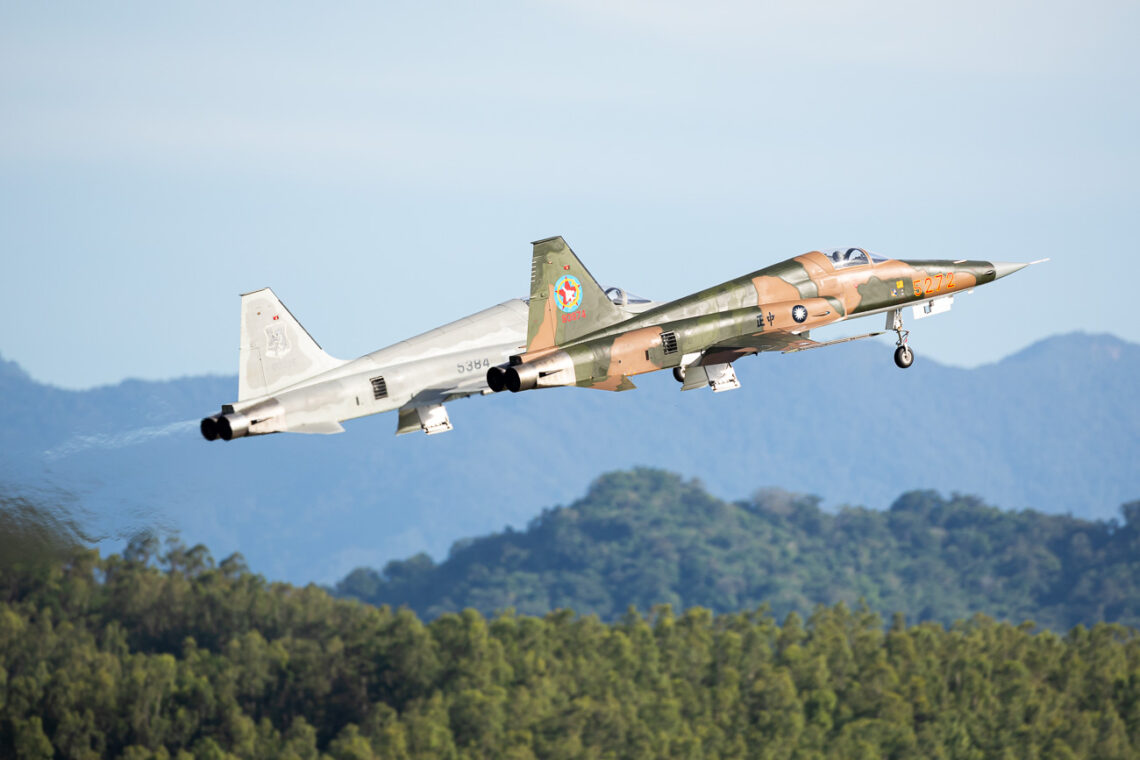
Taiwan Planespotting
This was another plane spotting trip to Taiwan. Even though it has a vivid aviation photography scene, it’s tropical climate and a military on high alert do not make it an easy country to pursue this hobby. With the aim to photograph some aircraft of the Republic of China Air Force (ROCAF) around the island and a visit to the airshow at Hualien, this planned tour promised some good results. In the end, however, things turned out completely different.
Where? Taiwan, Republic of China
When? August 2019
On a first glance a visit to Taiwan during the hot and humid summer month of August does not seem to be a clever idea to return with loads of nice photos. The sun stands high in the sky for the most time of the day, the light is harsh with strong shadows, and heat haze will most likely spoil any photos taken with a long telephoto lens. Actually this fear turned out to be partly true, as was the prevailing typhoon season. But the announced airshow at Hualien airbase with its F-16 fighter Squadrons and the reconnaissance Squadron operation the RF-16 and RF-5E Tigereye was an opportunity was just too tempting not to miss it. And would the Republic of China’s Air Force (ROCAF) really plan an airshow amidst the typhoon season and risk the show not being held. Not really, wouldn’t you think…
The approach to the island was already very promising with a beautiful sunrise and no sign of clouds along the Western coastline.
Hsinchu and the Mirage 2000
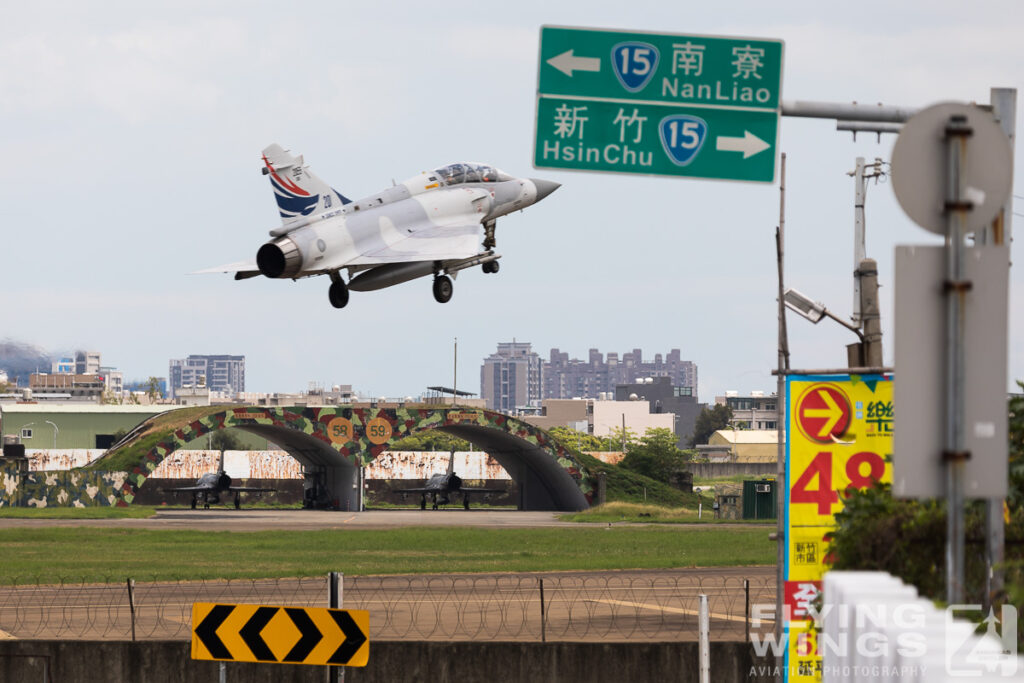
Quickly after arriving at Taipei Taoyuan International airport (TPE) the trip started with a first visit to Hsinchu Airbase. This base is situated in the North Western part of the island and is closest to Taiwan’s capital Taipei. The driving time from Taoyouan airport is around 1h, so just shortly after arriving in Taiwan it was time to catch some of the Mirage 2000-5 of the 499th Tactical Fighter Wing. Whereas most of the Taiwanese airfields are located close to bigger cities, but amidst rice fields or in more rural areas, Hsinchu sits actually in the middle of a such a big city. It is also one of the few airfields where parts are not fenced off by meters high concrete walls and its activity is somewhat visible from the outside. And it has interestingly also been the only military airfield where I met some local photographers during this trip.
Starting off at Hsinchu has not been a bad idea, as just very few hours after landing I was able to catch the first Mirages. This included also the twin eater wearing the special scheme celebrating 20 years of Mirages on Taiwan and a pair of Mirage 2000 armed with live Magic short-range and MICA intermediate air-air missiles, which were on what was obviously a CAP (Combat Air Patrol) training mission.
Taipei Taoyuan International Airport / TPE
As there was according to the local photographers no further flying activity in the afternoon, it was time to head back again to TPE and photograph some of the landing aircraft there. This was after having a stop at a local fish market that I bumped into by coincidence while looking for some refreshments to withstand the hot and humid temperatures that really hit me upon arrival.
Fortunately all arriving aircraft at TPE were using the Northern runway, and while driving around the airfield the suitable photo spots were easily found because of others photographers standing at those locations and pointing their lenses to the sky. With its island position in the Asia-Pacific region TPE attracts a lot of wide-body aircraft from all of the neighboring countries. Those large aircraft are advantageous for photography, as the civil airport fenced off with high walls and barbed wire just as the military airfields are. Obviously any airfield is considered as an asset worth to protect in Taiwan, but for the avid aviation photographer this means to overcome those walls and to looking for elevated positions in order to get the best photo opportunities. Those were had, as were plenty of aircraft landing on that afternoon. But the clouds building up in the background over the central island’s mountain range were a clear sign that the atmosphere is rather active at that period of the year and weather- and photography-wise things can turn from good to bad within minutes.
Another visit to busy Hsinchu
The next morning another visit to Hsinchu was scheduled. This was planned ahead just to be sure to catch some of those rare Mirages, which are the only ones in the Asia-Pacific region. And they were flying again! This day the CAP was once more up in the air, and regarding the locally-based 20th anniversary special scheme the single seater version of it also turned up. Furthermore the two F-CK-1 – most likely a detachment from CCK – standing also on quick reaction alert also flew that morning. Additionally there was also time to photograph an F-5E Tiger II and an F-104 Starfighter that are preserved around Hsinchu city.
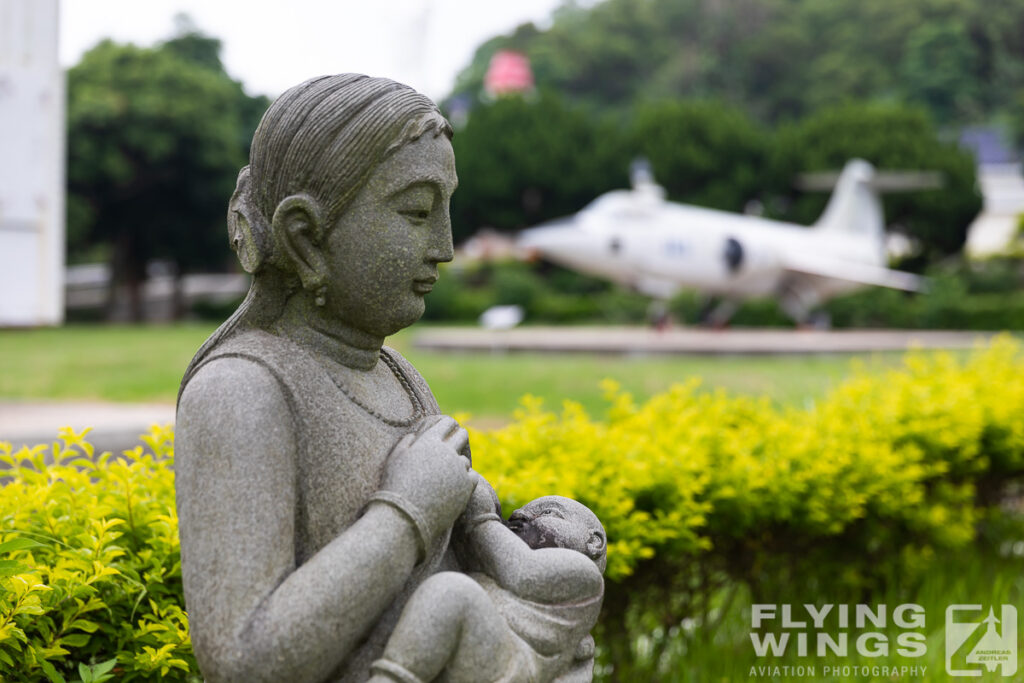
Chin Chaun Kang (CCK) Air Base / Taichung
Around midday all shots were had at Hsinchu and it was time to move on further South. Chin Chaun Kang Air Base, or simply abbreviated CCK, was next on the list. It is also the civil airport for the city of Taichung and hosts the 3. Tactical Air Wing with two Squadrons of the Taiwan’s indigenous fighter, the AIDC F-CK-1 Ching-Kuo.
Looking at the photos you might already have guessed it: CCK was rather disappointing, with not a single IDF (Indigenous Defence Fighter, another name for the F-CK-1) flying. The only interesting bird caught was an IAI 1125 Astra SPX that is operated by AIDC as a target towing aircraft. The other civil aircraft, predominantly local ATRs, two VietJet Air A320s and a Mandarin Airlines Boeing B738 wearing a special scheme did not really make my day…
The Starfighters were photographed at the Daja temple and another one at Shalu to at least catch some military jets in that area.
Chiayi Air Base and the ROCAF’s new F-16V Fighting Falcon
Chiayi Airbase is rather big airfield and hosts the majority of Taiwan’s F-16 fleet. Unfortunately the flying activity there was also rather limited. A bad start of the day was the sight of four F-16s coming in to land in the morning while still looking for an appropriate photo spot. Then again it was a long wait, shortened by a Taiwanese Army AH-1 Cobra and several approaches by a ROCAF Beech 1900C liaison aircraft. Around midday the sun had disappeared behind the blooming clouds. Naturally it was at that time when some more F-16s returned home… Amongst them were a few of the F-16V Block 70, that were upgraded from Taiwan’s legacy F-16A/Bs under a project codenamed „Phoenix Rising“. Those modernized feature mainly a new AESA radar, improved avionics and a new landing gear. Differences from the outside are barely visible, but currently those aircraft can still be easily recognized by their missing tail markings. However, once again, this day at Chiayi was once again rather dull and gray.
Taiwan’s indigenous F-CK-1 Ching-Kuo at Tainan

Heading further South you do not only hit Tainan Air Base, which hosts the remaining Squadrons of the rather strange looking F-CK-1 Ching-Kuo, but also lots of traffic that is omni-present on Taiwan’s industrial Western coastline.
The participation of General Dynamics as primary US defense contractor clearly brought in the influence of the F-16 in the finalized F-CK-1. Particularly the use of blended wing root/fuselage design concept, general wing shaping (complete with wingtip launchers) and the use of a single vertical tail fin show the influence of the Fighting Falcon on the F-CK-1 Ching-Kuo. Most obvious is also the radar nose that the IDF inherited from the F-16 and that covers a radar that is based on the General Electric AN/APG-67. Fortunately at least some twin- and single-seaters of the IDF were active at Tainan. Photo spots were also nice and quiet, and the three tone grey camouflage of the IDFs came out rather well against the once again blooming dark clouds in the late afternoon. Unfortunately for the Hercules that also came in to land to finish the day, the sunlight had once again been ‚turned off‘. This of course was not in favor of the otherwise very attractive looking green and brown tones of the ROCAF Hercules’ South-East Asian (SAE) camouflage colours.
At around that time it unfortunately became clear that the upcoming typhoon „Lekima“ caused the cancellation of the airshow at Hualien. I was predicted to hit the Northern tip of Taiwan around Friday, which was only one day prior the event. Due to this timing and official weather warnings being issued the Air Force understandably decided to call the event off. Obviously this was a big bummer for that trip, as it meant that my first visit to an airshow in Taiwan would not take place this year.
The following drive to the East coast towards Taitung / Taidong was long and relaxing. Just right to digest those bad news…
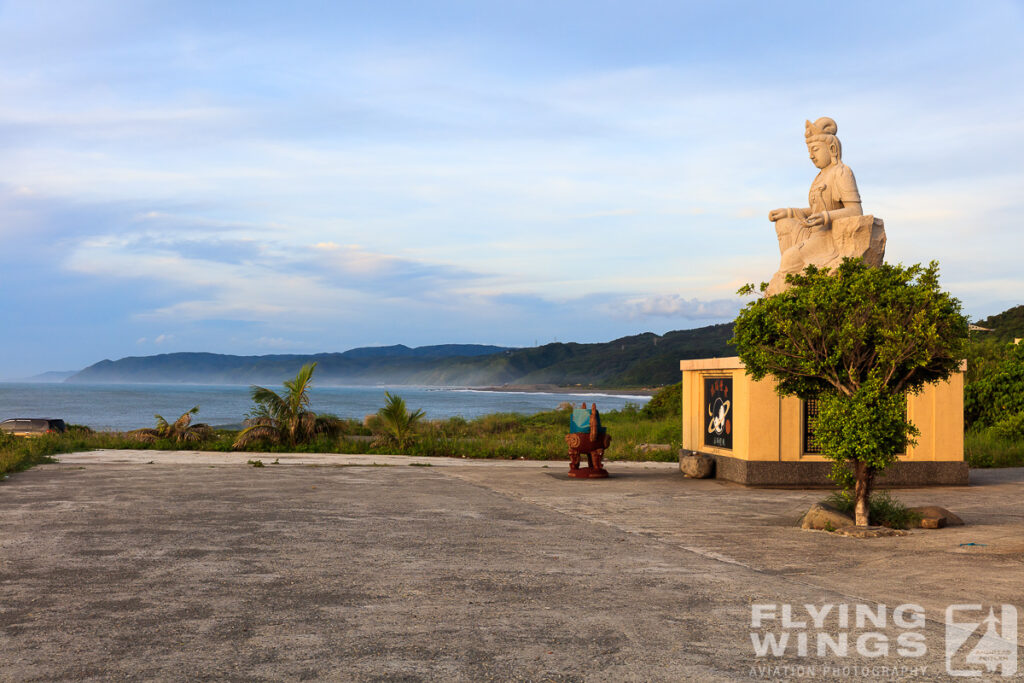
Taitung: hunting the rare F-5 Tiger II
The only other airfield left to visit was Taitung. It hosts three Squadrons of F-5 Tiger II and deriving from the typ of flying and the high number of operating F-5F twin-seaters, Taitung’s main task is the training of future ROCAF fighter pilots. Apart from numerous twin-seat F-5F Tiger II some of the Tigers are also painted in green and brown „Aggressor“ colours.

Obviously these jets are the most attractive ones and were high on the ‚bucket list‘. Fortunately luck hit that last day and two dark green F-5E and F-5F were flying that day, and they really looked beautiful against the jungle and palm tree covered mountain range in the background. Target achieved! Also up was the „Tiger Tiger“ F-5F, wearing not only Tiger stripes all around its fuselage, but also a special painted black and yellow tail celebrating the 40th Anniversary of 7th FTW in the ROCAF for F-5E/F Tiger II.
Due to the cancellation of the Hualien airshow, the next day did not become another day of spotting at Taitung, but an 8 hours drive North back to Taipei’s international airport Taoyuan / TPE. With no prospect of seeing any more ROCAF jets and the upcoming typhoon in sight, it seemed wiser to leave early. It as a splendid drive up North along the beautiful coastline of Taiwan’s spectacular and wild East Coast.
And it was a most welcome change to the industry-laden Western Coast, and also a good way to spend half a day of sightseeing instead of hanging around some airfields. For next time, and without an upcoming Typhoon causing strong tides, it will be a good idea to get the swimming shorts out.
Cancelled: Typhoon Lekima affects Hualien Airshow
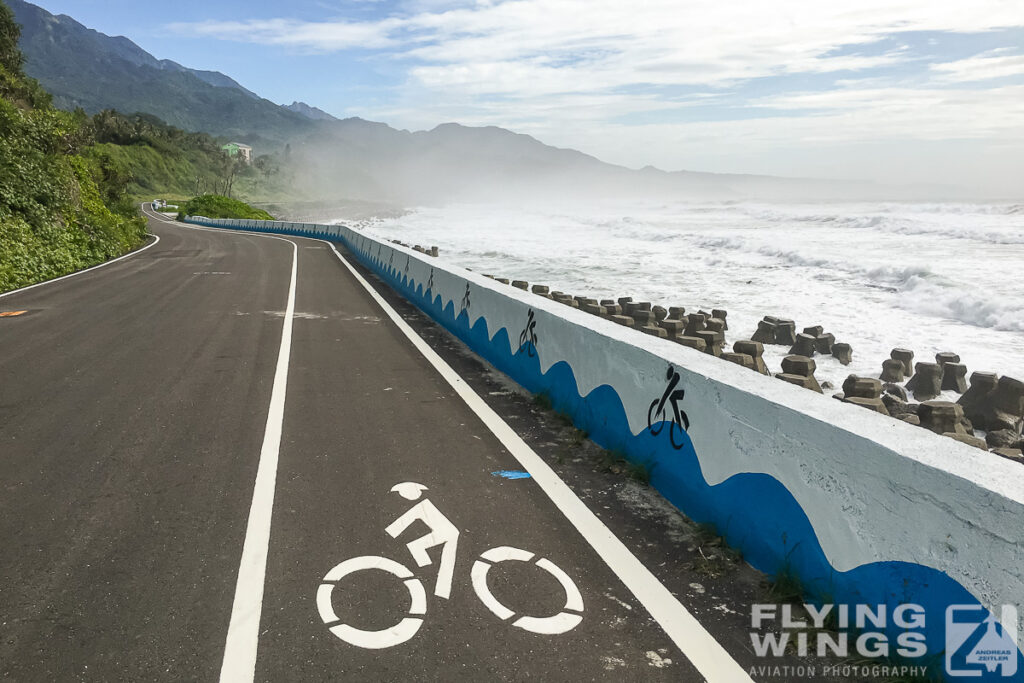
Passing Hualien a short stop at the airport confirmed that the airfield was already completely shut down and ready to receive loads of wind and rain from Lekima. Only four F-16s were standing ready under in their shelters for quick reaction air defence. But obviously, those would also not go out on a training mission that day. Only if triggered by approaching Chinese aircraft, but hoping for that would have pushed my luck too much. The highlights were instead the beautiful sights of the island’s Eastern coastline. And a quick stop for a preserved F-104 Starfighter at a Memorial Park at Su’ao.

A rainy day: Taipei’s Songshan Domestic and International Airport
The last few hours of the afternoon were spent at Taipei’s Songshan airport. It is a lot closer to Taipei’s city center than the main international airport Taoyuan. But it is not only a domestic airport, as also Songshan offers several international connections to major Asian cities. The traffic therefore consists of an interesting mix of widebodies and commuter aircraft. These are mainly turboprop ATRs, but also some Embraer jets are flying regularly. But most stunning is the scenery of Taipei’s cityscape in the background. As the sun was covered by clouds and intermittent rain showers, I decided to visit the „Air Force One Cafe at Songshan“ Cafe in the North Eastern corner of the airport.
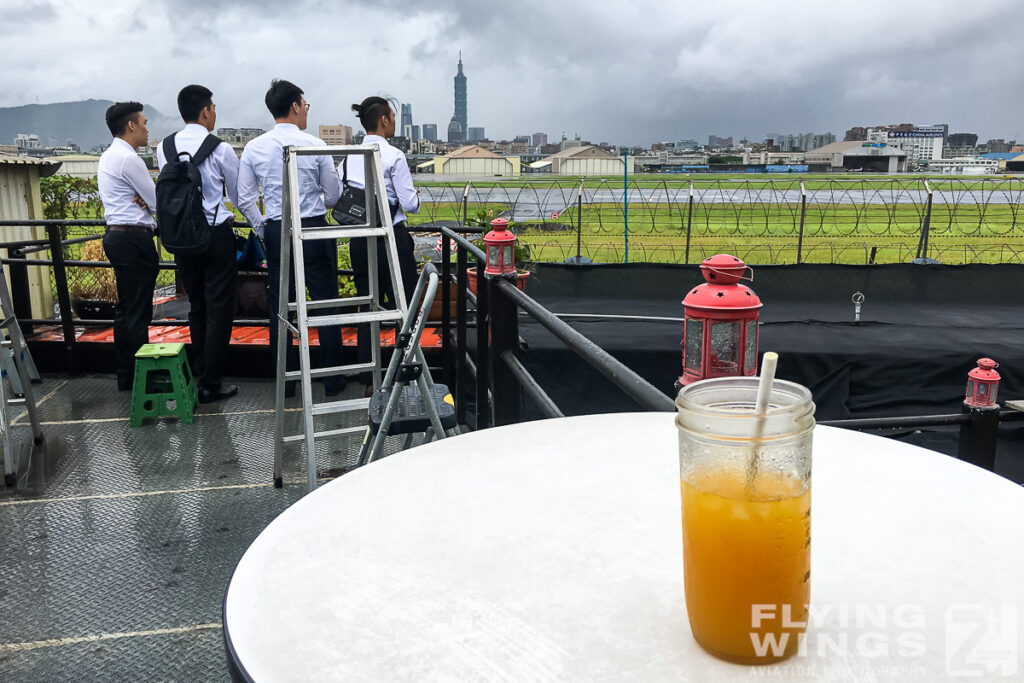
Apart from convenient facilities and a souvenir shop, this cafe also offers a viewing deck that helps to come over the high fence and its barbed wire. And this spot also provides the possibility to get some aircraft photos with the 508m tall „Taipei 101“ skyscraper in the background. Furthermore this already rain-loaded day quite some action could be seen on the runway with aircraft kicking up loads of water from the runway during take-off and while using thrust reverse after landing. So the last few ours were spent at Songshan, sipping green mango tea amongst local enthusiasts who were also frustrated about the cancellation of the Hualien Open House in the same way as I was. The only difference being a 13h flight to get there…
Planespotting in Taiwan?!
Once again it turned out that aviation photography is not easily achieved in the Republic of China, even though the island has an active aviation photography scene, both for military and civil aircraft. With the missed opportunity to visit an airshow in Taiwan, there gladly remains a reason to return to this varied island.
The Taiwan Planespotting photo gallery


